
One of the world’s leading publishers of printed classical and educational music.

World Carols for Choirs - 31 Carols for mixed voices
- Text
- Christmas
- Choral
- Carols
- Oxford
- Choirs
- Satb
Introduction music and
Introduction music and many choral pieces. He is also a pianist who enjoys playing popular music, ballads, and jazz, and a singer in groups specializing in early music. Hej, hej, lelija! is a traditional folk carol, collected in the nineteenth century by the famous Polish folklorist Oskar Kolberg. The text describes the tender mothering of the newborn Jesus by the Virgin Mary, for whom the Polish people have a special devotion. 25. Slovenia Trad. arr. Maksimiljan Feguš, Ena noč polna veselja (On a starlit night) The Maribor composer Maksimiljan Feguš (b. 1948) studied composition and conducting at the Academy of Music in Ljubljana. He was for a number of years chorus master of the Slovene National Opera, Maribor, and later became a senior lecturer in composition and theory at the music department of the University of Maribor’s faculty of eduction. His compositions include symphonic music, works for voices and instruments, incidental music for the stage, and chamber, solo, and choral pieces. They have been frequently performed throughout Slovenia and increasingly across Europe. Ena noč polna veselja is an arrangement of a traditional kolednica (Christmas carol) from Kamnik and Braslovč. It is the first in a series of four carols entitled Štiri Slovenske Ljudske Božične (Four Traditional Slovene Christmas Carols), composed in 1999. for online perusal only 26. South Africa Peter Louis van Dijk, Susa ninna Born in Rotterdam in the Netherlands, Peter van Dijk (b. 1953) settled in South Africa, where he has worked extensively as an orchestral and choral conductor and a teacher. As a composer he is internationally known for his operas, ballets, and choral works with orchestra. His music has been published in Germany, the UK, and the US, and has been performed and recorded across southern Africa and in Egypt, Europe, New Zealand, and North America. Susa ninna was inspired by, though is otherwise unrelated to, the Middle Dutch poem ‘Genekat ons den Avenstar’ (‘The Evening Star is near’), written c.1350. The carol was commissioned by the Foundation for the Creative Arts (SA), specifically as a composition in Afrikaans. It was first performed in Johannesburg City Hall in December 1993 by the South African Broadcasting Corporation Choir and the National Symphony Orchestra of South Africa. Although the carol begins and ends as a soothing lullaby, the second verse reaches an exciting climax which expresses the celebration of Christ’s birth. 27. Sweden Robert Sund, Ett Nyfött Barn (A Newborn Child) Although he graduated from Uppsala University in social sciences, Robert Sund (b. 1942) soon turned to music full-time as a singer, conductor, and composer. After conducting studies with Eric Ericson at the Royal College of Music in Stockholm, he began a successful conducting and teaching career. Active as a conductor in Sweden and abroad, he was named Conductor of the Year in Sweden in 1993, and his choir, Orphei Drängar, was Swedish Choir of the Year in 2003. He is well known for his choral and instrumental compositions and arrangements. The text of Ett Nyfött Barn was written by Christer Åsberg, formerly general secretary of the Swedish Bible Commission. In his musical setting Robert Sund has tried to match its simple style and expressive character, which seem to evoke the innocence of the newborn child. xiv
Introduction 28. Switzerland Carl Rütti, Im Silbernen Wassergrund (In silvery darkness) Carl Rütti (b. 1949) grew up in Zug and studied the piano and organ at Zurich Conservatory and later in London. Inspired by the quality of English professional choirs, he has composed a number of large-scale a cappella works, several of which have been performed by the BBC Singers, the BBC Symphony Chorus, King’s College Choir, and Cambridge Voices, and have been broadcast by the BBC. Rütti is also active as a pianist, organist, and teacher. The text of this carol was written by Silja Walter, one of the most famous Swiss poets. Some of the love poems that she wrote in her 20s have become classics. In 1948 she became a nun in a closed monastery near Zurich, and she has come to be known as the most important Christian mystic writing in German. Im Silbernen Wassergrund is a meditation about Christmas; it invites the listener to see the events of the Nativity reflected in the ocean, which is evoked by the undulating motion of the organ part. for online perusal only 29. United Kingdom Trad. arr. Bob Chilcott, My Dancing Day Bob Chilcott, co-editor of this collection, has a fast-growing reputation as one of Britain’s most popular and accessible composers of choral music. He has been involved in choral music for most of his life, having been a boy chorister and choral scholar in the choir of King’s College, Cambridge, and also a member of the vocal group the King’s Singers for 12 years. Since 1997 he has worked as a full-time composer and become involved in a growing number of workshop and conducting projects, particularly with children’s and youth choirs. This cheerful and effective a cappella arrangement of the traditional English carol ‘Tomorrow shall be my dancing day’ is published here for the first time. The piece starts simply with a soprano melody and accompanying voices, before the texture is enriched by voices in canon, voices doubled at thirds and sixths, and then voices doubled and in canon at the same time. Colourful harmonies set off the melody throughout. 30. United States of America Rosephanye Powell, Who is the baby? Since earning her undergraduate and graduate degrees in the US, Rosephanye Powell (b. 1962) has held a series of academic appointments, latterly as associate professor of voice at Auburn University in Alabama; she is also active as a soprano soloist and recitalist and a teacher. Her choral works, many of them commissioned by leading conductors in the US, have been widely published there. They include Europeaninfluenced anthems, secular choral settings, gospel songs, and arrangements of African, Caribbean, and African-American folksongs. The first section of this carol is composed in the style of an African-American spiritual, a type of song sung in the US from the eighteenth century onwards by slaves expressing hope for freedom in this world and salvation through Jesus Christ in the spiritual world; here the music follows a call-and-response pattern. The second section is composed as a ‘special’ in the African-American gospel style: each voice part enters with its own rhythmic and melodic idea, which is sung simultaneously against the repeated ideas of the other voices. xv
- Page 1 and 2: 2 World Carols for Choirs 31 carols
- Page 3 and 4: PREFACE World Carols for Choirs bri
- Page 5 and 6: Contents Hungary 15. Nagykarácsony
- Page 7 and 8: INTRODUCTION 1. Argentina Eduardo F
- Page 9 and 10: Introduction 7. Canada Trad. arr. E
- Page 11 and 12: Introduction 14. Ghana Robert M. Kw
- Page 13: Introduction 21. New Zealand David
- Page 17 and 18: ARGENTINA 1 1. Villancico de la Fal
- Page 19 and 20: S. A. T. B. V # 26 ###ŠŠ ŠeŠ Š
- Page 21 and 22: S. A. T. B. S. A. V # 57 ###==Š Š
- Page 23 and 24: S.1 S.2 A.1 A.2 S.1 S.2 A.1 A.2 T.
- Page 25 and 26: S. A. T.1 T.2 B.1 B.2 T.1 T.2 B.1 B
- Page 27 and 28: S. A.1 A.2 T.1 T.2 B.1 mf cresc.
- Page 29 and 30: AUSTRALIA 13 Elizabeth Anne William
- Page 31 and 32: V # 15 ## Š. Š f Š Š f Š Š Š
- Page 33 and 34: , V # 29 ## Š Š Š Š Š Š Š
- Page 35 and 36: V # 1. 2. 47 dim. ## #‰ ‰ ‰
- Page 37 and 38: BASQUE COUNTRY, SPAIN 21 Lourdes Zu
- Page 39 and 40: Kuttun Kantak 23 T. B. SOPRANO ALTO
- Page 41 and 42: S. A. T. B. 4 Vb Š. Š Š Š Š Š
- Page 43 and 44: S. A. T. B. 4 Vb Š. Š Š Š Š Š
- Page 45 and 46: 30 cresc. Vb Š Š [ Š ‰ Š Š
- Page 47 and 48: 74 cresc. Vb Š Š Š ‰ Š Š Š
- Page 49 and 50: 14 V Š. ŠeŠ Š Š Š Š Š f Š
- Page 51 and 52: Acalanto para o Menino Jesus 35 45
- Page 53 and 54: S. A. T. B. 9 a tempo Vbb Š Š Š
- Page 55 and 56: 30 Vbb Š Š Š Š Š Š Š Š Š
- Page 57 and 58: 8 mf Vbb Š t > Š f t t > Š f t
- Page 59 and 60: 22 > Vbb Š f t t > Š f t t > Š
- Page 61 and 62: a tempo 36 rit. Vbb Š Š Š mf Š
- Page 63 and 64: 53 Vbb Š t t Šp Š p r Š Š f t
- Page 65 and 66:
79 Vbb p r Š Š f t t Š Š t Š
- Page 67 and 68:
DOMINICAN REPUBLIC 51 Trans. F. R.
- Page 69 and 70:
14 > 1. Vbbb tuŠŠ Š p . “ Š
- Page 71 and 72:
30 Vbbb > mf Š Š Š Š r t > > f
- Page 73 and 74:
S. A. T. B. 7 Vbbb44 Š Š Š Š
- Page 75 and 76:
T. B. Bbbb54 Š 4 Š Š 24 26 Š
- Page 77 and 78:
Vb Š Š Š 54 Š 4 46 Š ŠŠ Š
- Page 79 and 80:
FINLAND 63 Elsa Koponen (1885-1977)
- Page 81 and 82:
Tuikkikaa, oi joulun tähtöset 65
- Page 83 and 84:
Ainsi que parmi la prée 67 V # 5
- Page 85 and 86:
V # 14 ‰ Š Š #Š #Š Š =Š Š
- Page 87 and 88:
V # 24 pp . bŠ. bŠe bŠ. bŠe bŠ
- Page 89 and 90:
pp V # 33 Š. Š Š f f t p Š Š
- Page 91 and 92:
V # 43 Š. Še ‰ Še t p Š ŠŠ
- Page 93 and 94:
Più lento, con tenerezza V # 1. 2.
- Page 95 and 96:
V # 69 Š bŠ bŠ bŠ Š bŠ ‰ =
- Page 97 and 98:
GERMANY 81 SOPRANO ALTO 1 ALTO 2 13
- Page 99 and 100:
S. A.1 A.2 T. B. V # 13 Š. Š f Š
- Page 101 and 102:
S. A.1 A.2 T. B. V # 7 Š. Š f Š
- Page 103 and 104:
GHANA 87 Trans. David Blackwell SOP
- Page 105 and 106:
Slower i. = 72 27 mp VŠe Š Š Š
- Page 107 and 108:
HUNGARY 91 15. Nagykarácsony Éjsz
- Page 109 and 110:
16 V 34 Š ‰ 24Š Š Š Š Š Š
- Page 111 and 112:
S. A. T. B. 47 V Š Š Š Š Š Š
- Page 113 and 114:
ICELAND 97 16. Immanúel oss í ná
- Page 115 and 116:
Immanúel oss í nátt 99 gö- fék
- Page 117 and 118:
IRELAND 101 17. Carúl Fáilte A Ca
- Page 119 and 120:
V # #24 Š Š 78 Š 18 > Š Š Š
- Page 121 and 122:
S. A. T. B. V # ####88 Še 78 ŠeŠ
- Page 123 and 124:
V # #24 Š Š 78 Š Š Š Š Š. Š
- Page 125 and 126:
S. A. T. B. V # ####88 Š 77 molto
- Page 127 and 128:
Carúl Fáilte 111 V # 78 #Š Š #
- Page 129 and 130:
Ho - di - e V # 34 ‰. ### 8 7 78
- Page 131 and 132:
JAPAN 115 18. Infant Joy William Bl
- Page 133 and 134:
V # ## 2 Š Š 34 Š 46 Š ‰ Š
- Page 135 and 136:
9 mf dim. V ‰ Š/Š Š ‰ ‰.
- Page 137 and 138:
Joyfully i = 120 26 mf V 4 Š Š.
- Page 139 and 140:
41 V > Š Š ‰ ‰. ‰. ‰. Š
- Page 141 and 142:
V ‰. 57 Š ‰ Š ‰ Š ‰ ‰.
- Page 143 and 144:
S. A. T. B. * 13 Vbbbbb Š. Š Š
- Page 145 and 146:
Dedziet skalu, pūtiet guni 129 27
- Page 147 and 148:
Dedziet skalu, pūtiet guni 131 S.
- Page 149 and 150:
S. A. T. B. 65 Vbbbbb Š. Š Š Š
- Page 151 and 152:
V # 5 p legato # Š #‰ Š Š Š
- Page 153 and 154:
V # 23 p # ˆ r Š ‰ Š Š ˆ r
- Page 155 and 156:
V 42 p # Š #‰ Š Š ˆ r Š #‰
- Page 157 and 158:
V # 60 # ˆp Š ˆ Š Š rrq #Š
- Page 159 and 160:
12 Vbb Š Š r p q r umf ŠŠŠŠŠ
- Page 161 and 162:
SOLI mp cresc. mf cresc. 36 Vbb#Š
- Page 163 and 164:
NORWAY 147 23. Det hev ei rose spru
- Page 165 and 166:
V # 15 ŠŠŠ Š Š Š Š Š Š Š
- Page 167 and 168:
V # 35 Š Š Š Š Š Š Š ŠŠ
- Page 169 and 170:
V # Š Š Š Š Š Š 4 ‰ r Š Š
- Page 171 and 172:
POLAND 155 Trad. English text: Bob
- Page 173 and 174:
V # ## ‰ ŠŠ 24 ŠŠŠŠ 34 Š 4
- Page 175 and 176:
Ena noč polna veselja 159 - žje-
- Page 177 and 178:
SOUTH AFRICA 161 SOPRANO ALTO TENOR
- Page 179 and 180:
S. A. T. B. T. B. poco rit. 23 uni
- Page 181 and 182:
S. A. T. B. 49 Vb Š Š Š Š ŠŠ
- Page 183 and 184:
S.1 S.2 A. T. B. Susa ninna 167 64
- Page 185 and 186:
SWEDEN 169 Christer Åsberg (b. 194
- Page 187 and 188:
Ett Nyfött Barn 171 REFRAIN V # 24
- Page 189 and 190:
SWITZERLAND 173 28. Im Silbernen Wa
- Page 191 and 192:
14 Vb Š Š Š [ 34Š Š f t r 24Š
- Page 193 and 194:
31 Vb=Š ŠŠ Š. t mp Š Š bŠ Š
- Page 195 and 196:
48 Vb Š Š bŠ 24 ‰ p p - un - t
- Page 197 and 198:
Vb58 bŠ Š Š Š bŠ 24 Š bŠ Š
- Page 199 and 200:
Vb34 b ‰ 83 . 24 ‰ 54 ‰ ‰.
- Page 201 and 202:
Vb=Š Š Š Š. 24 Š t Š f Š bŠ
- Page 203 and 204:
118 Vb p p p 68 ŠŠŠ=Š Š #Š 34
- Page 205 and 206:
UK 189 for the North Cotswold Chamb
- Page 207 and 208:
S. A. T. B. V # 17 Š Še Š Š Š
- Page 209 and 210:
V # 33 Š. Š. Š. Š Š Š Š Še
- Page 211 and 212:
V # 50 Š Še Š Š Š Š Š Š Š
- Page 213 and 214:
mm 13 Vbbb Š Š Š Š Š ŠŠŠ Š
- Page 215 and 216:
Who is the baby? 199 V # ### ŠŠ.
- Page 217 and 218:
Gospel B#### ‰ style Š n = q 55
- Page 219 and 220:
S. A. T. B. V # 82 ### > Š. Š r
- Page 221 and 222:
VENEZUELA 205 English text: Tim Mor
- Page 223 and 224:
207 APPENDIX Pronunciation guides T
Inappropriate
Loading...
Mail this publication
Loading...
Embed
Loading...
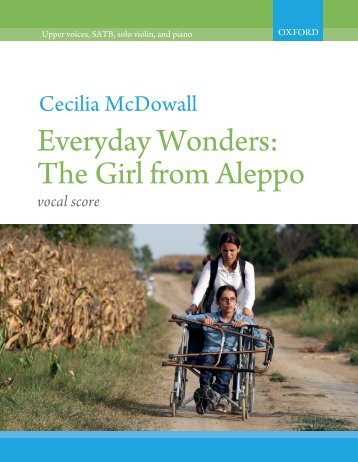

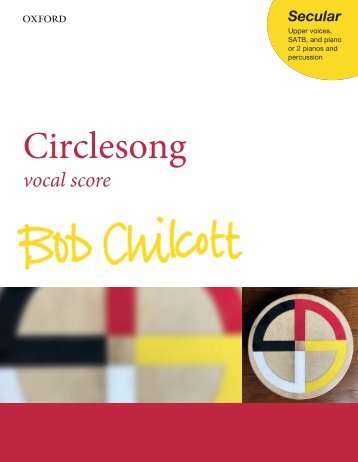
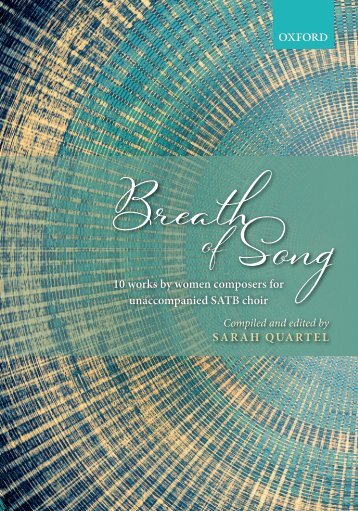
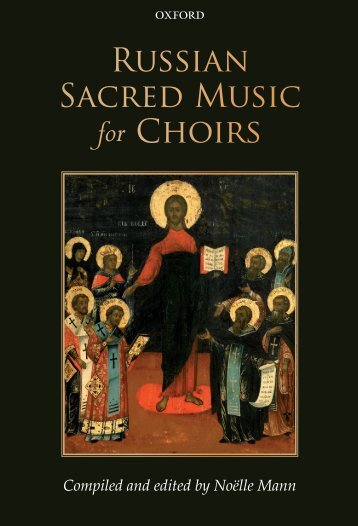

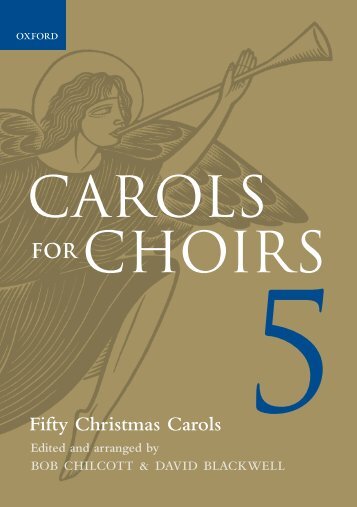

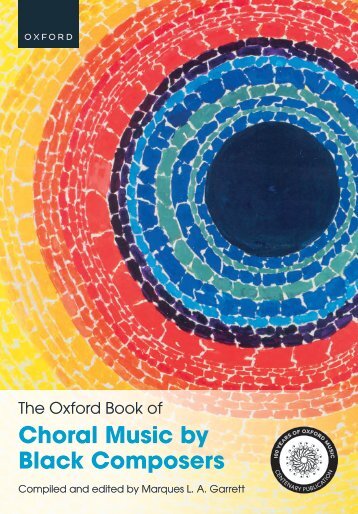
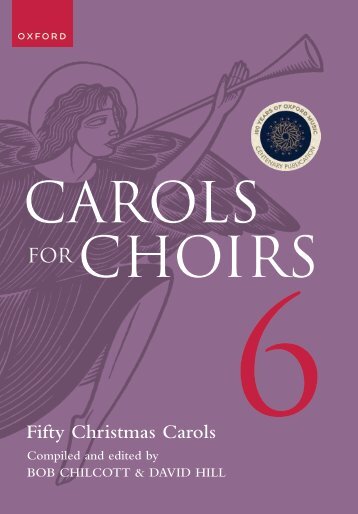

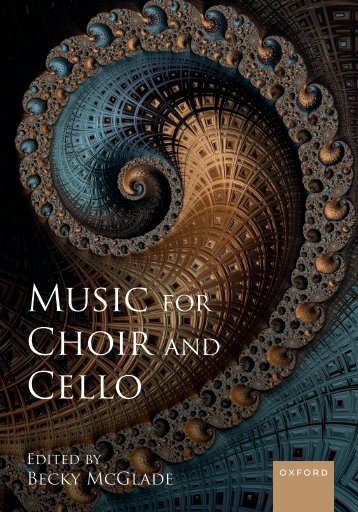

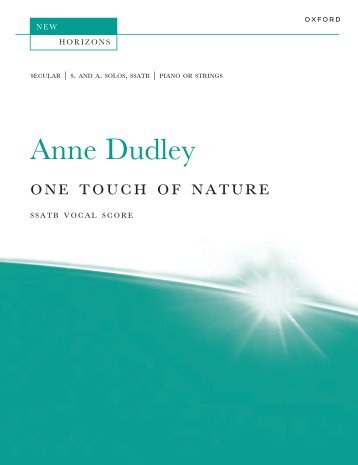

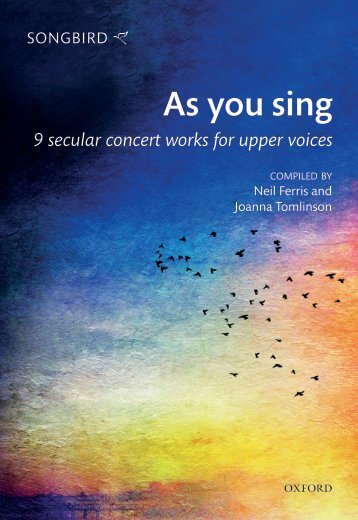
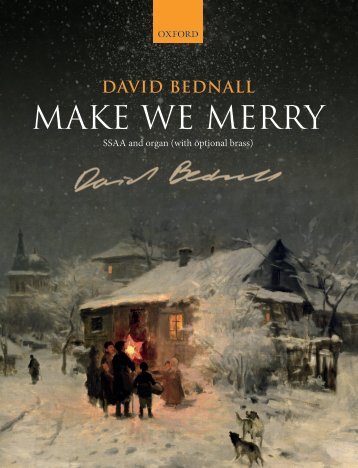
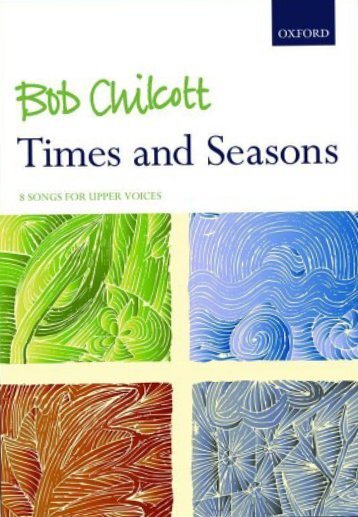


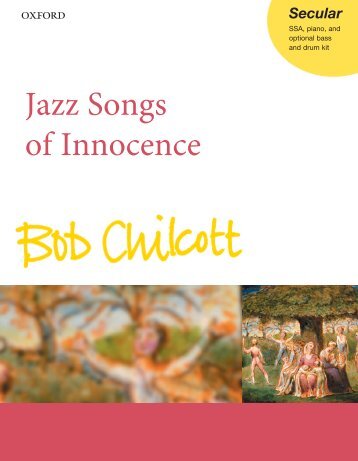
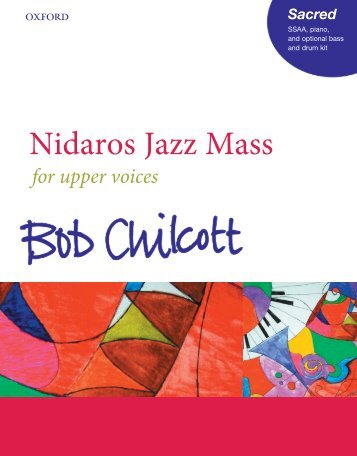
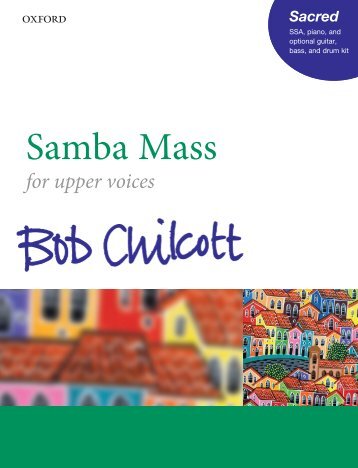


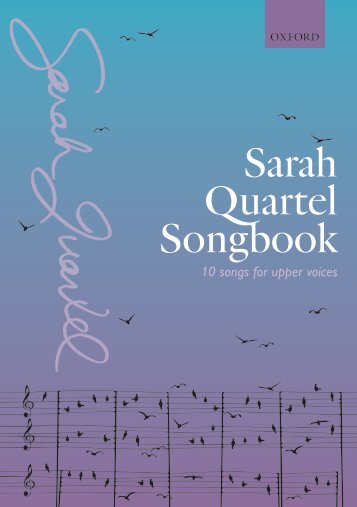
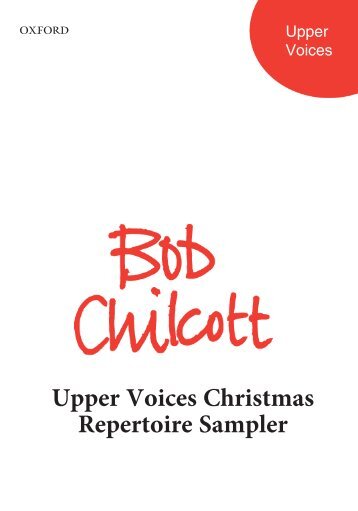

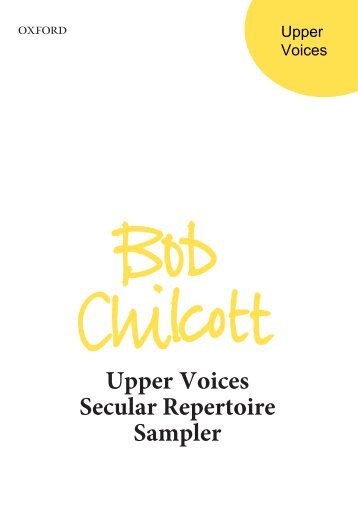

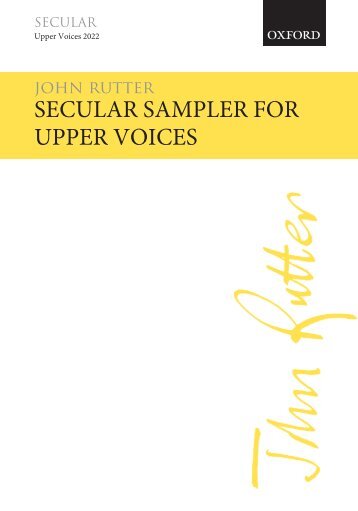
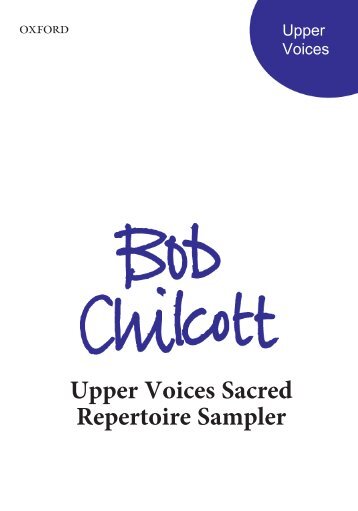


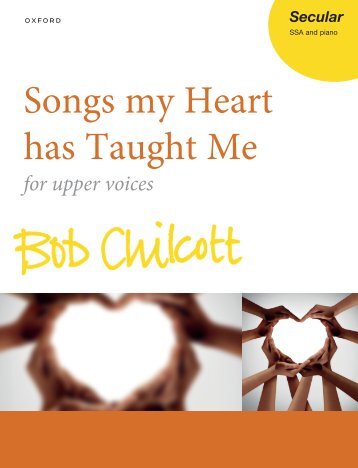
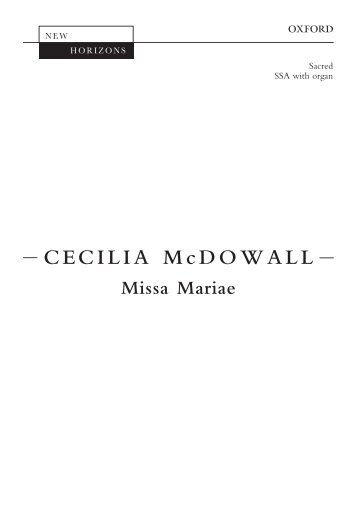
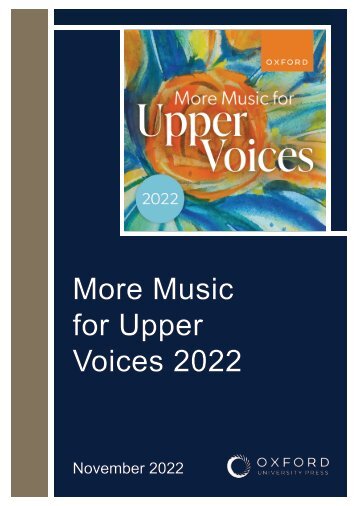
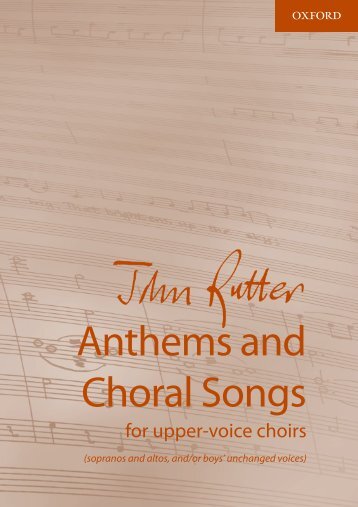

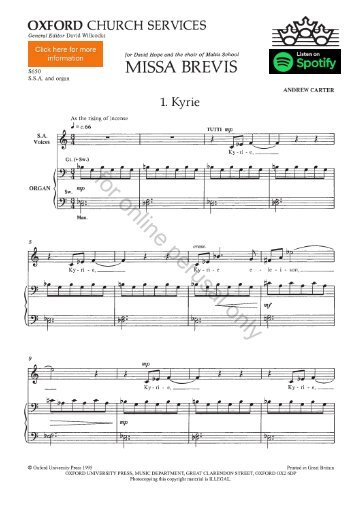
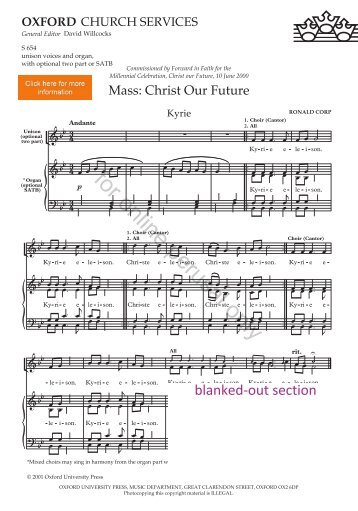
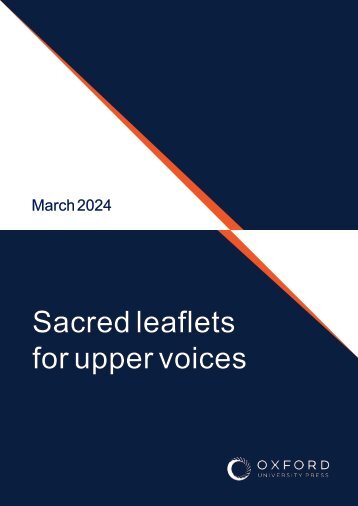
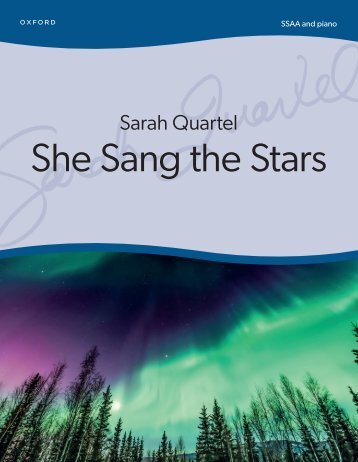

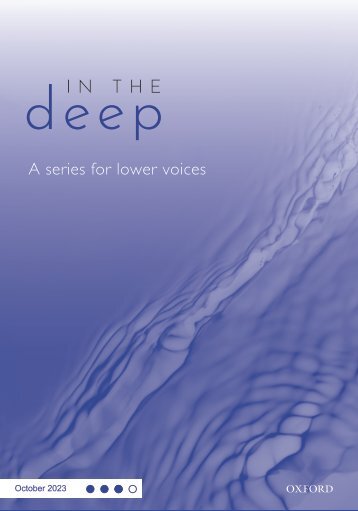
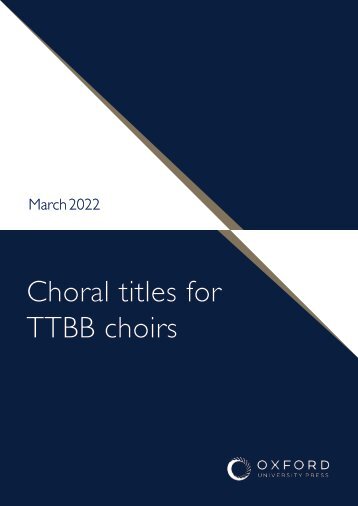
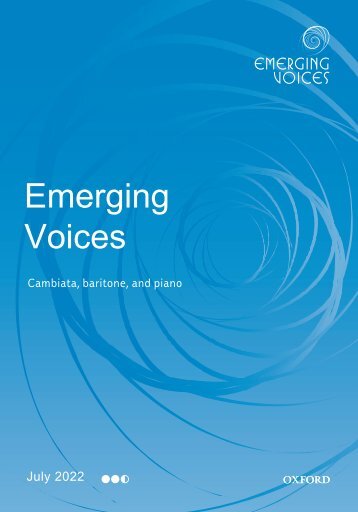
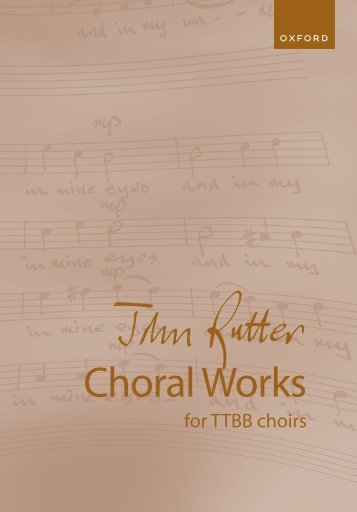
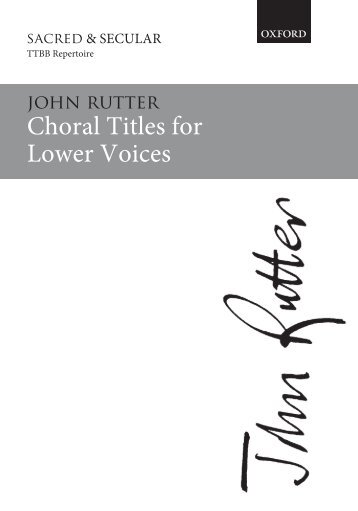
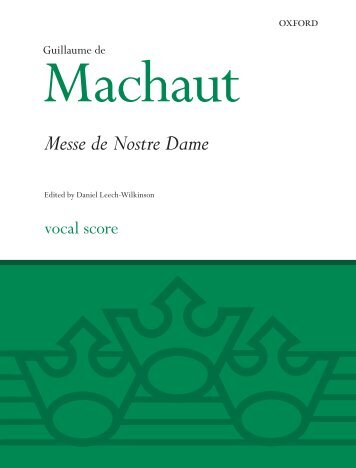
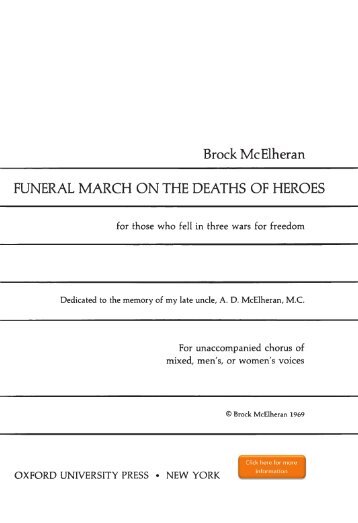

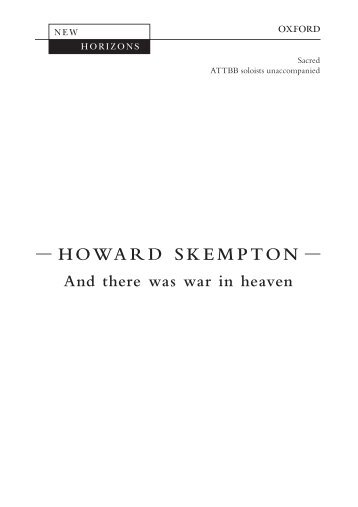
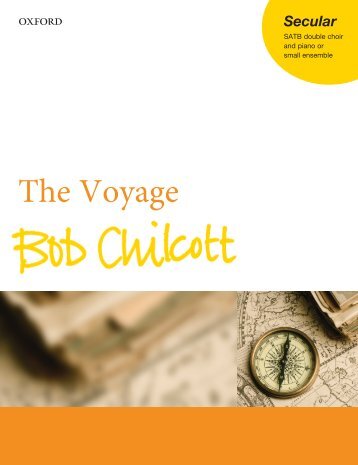
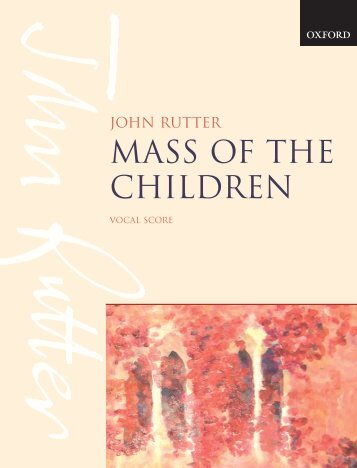
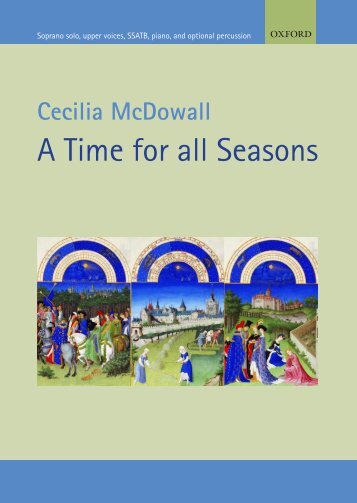
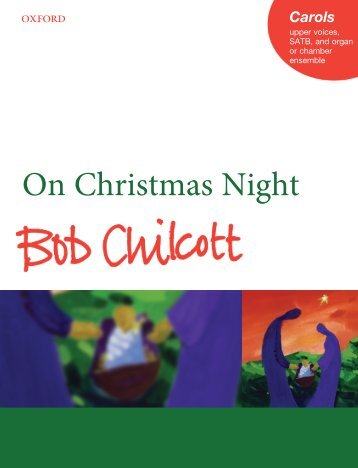

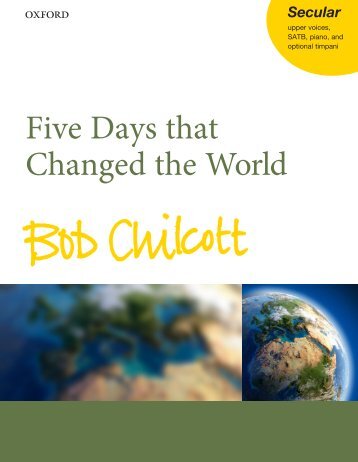
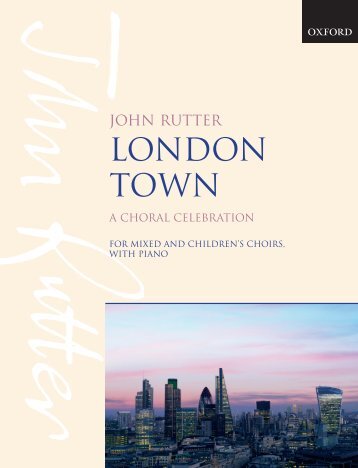

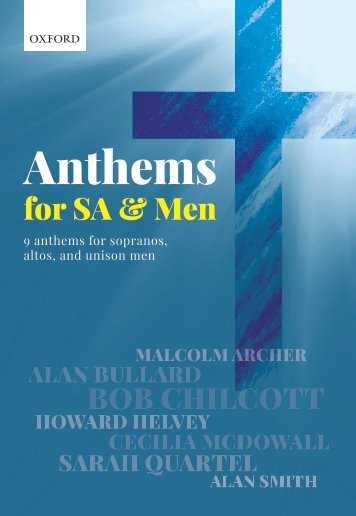
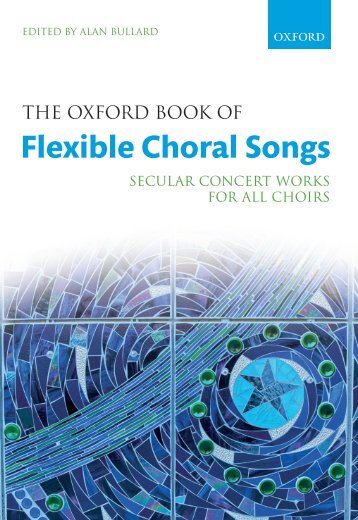
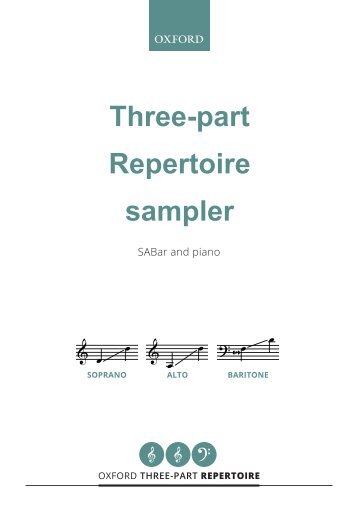

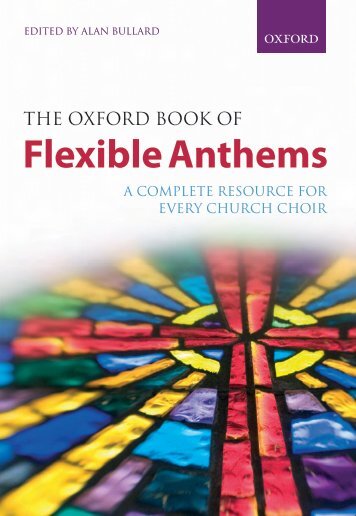


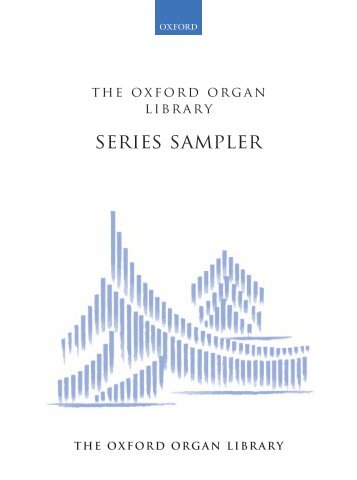
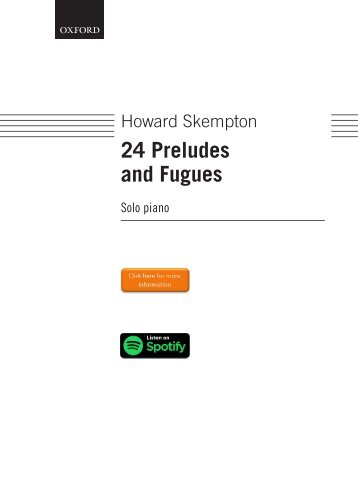
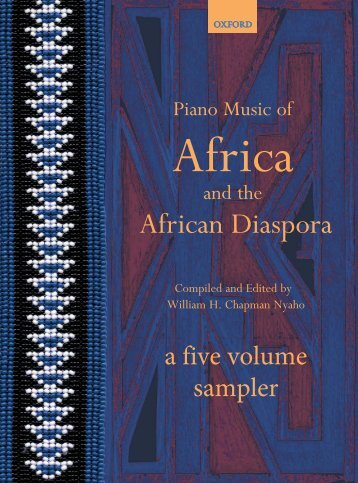
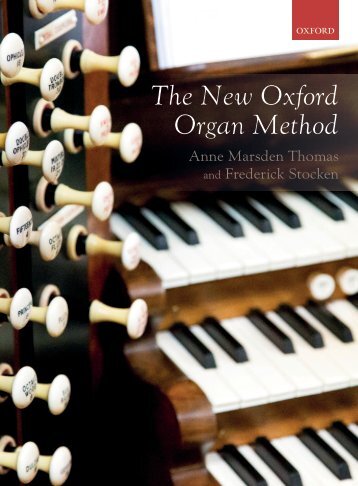
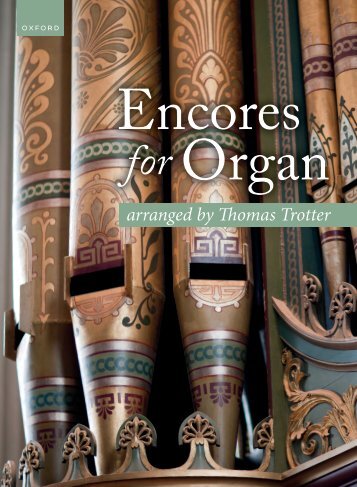


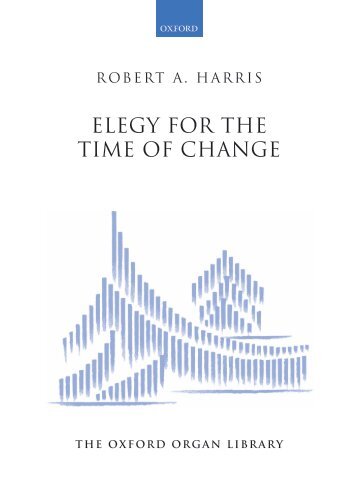


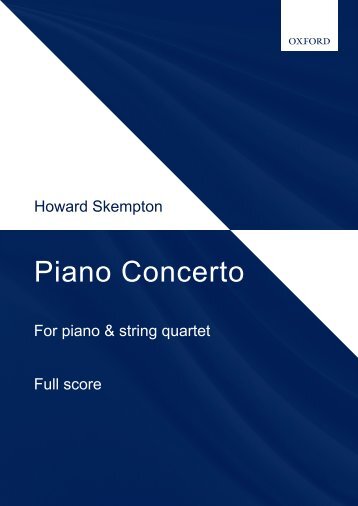
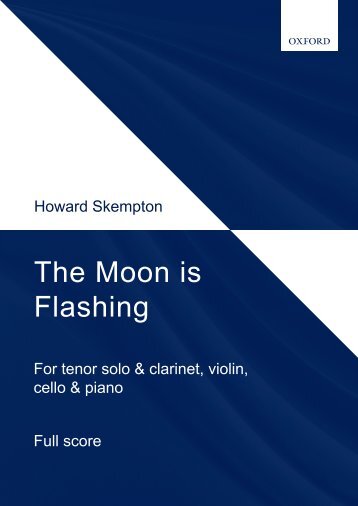
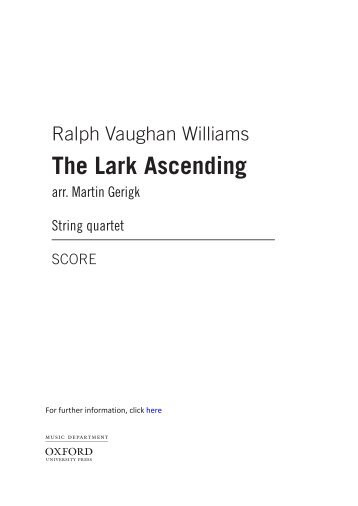
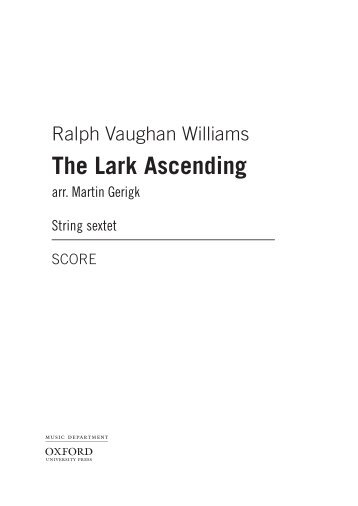
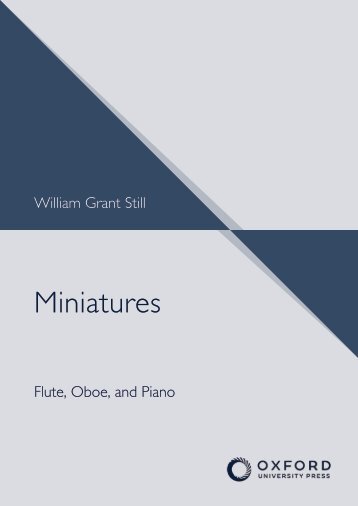
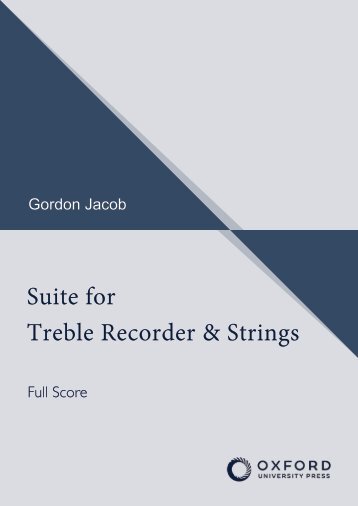
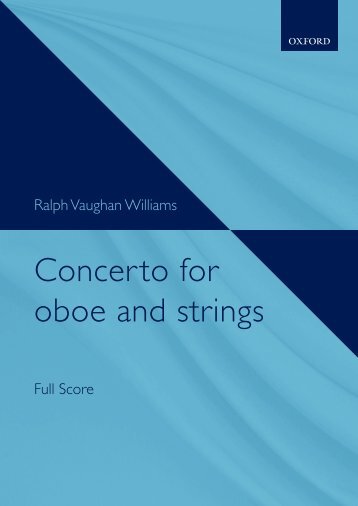
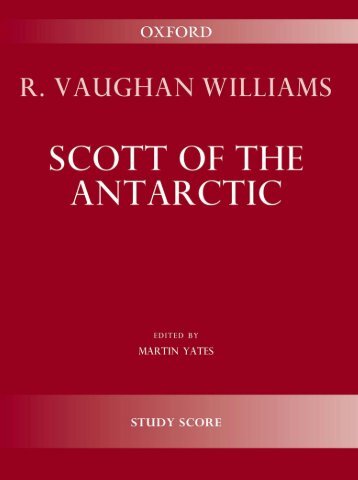
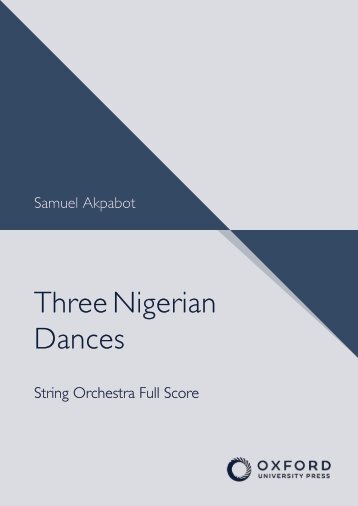


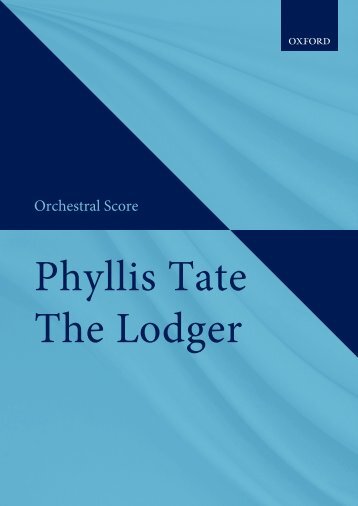

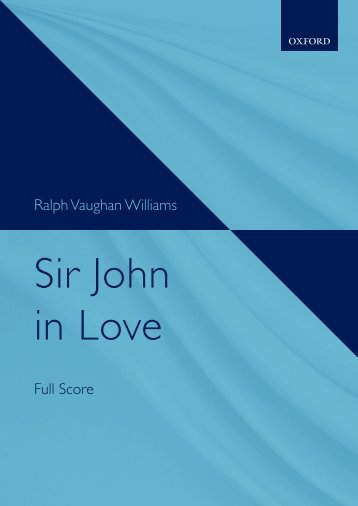


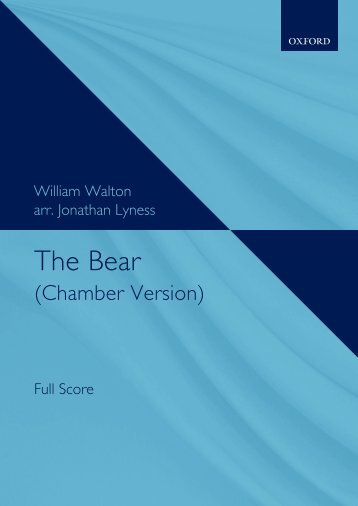

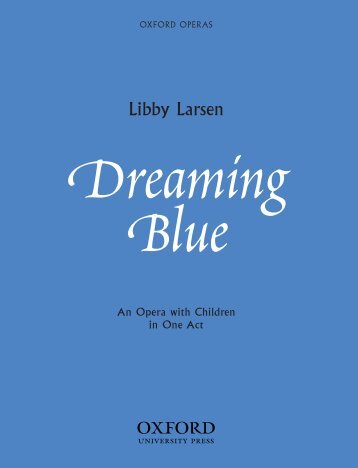
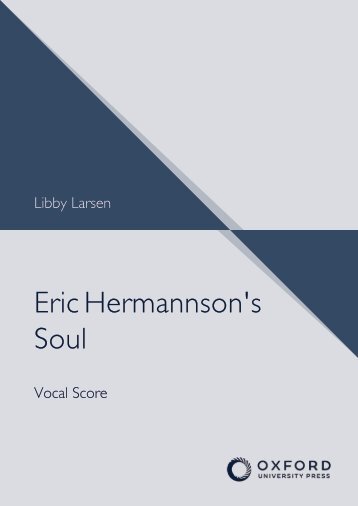
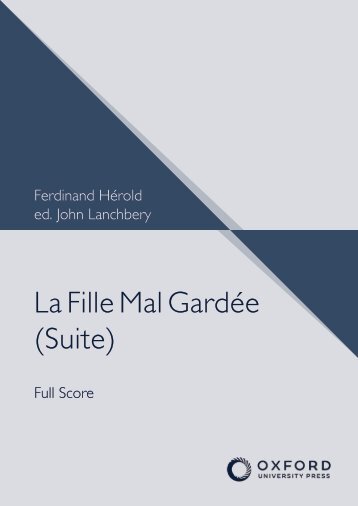
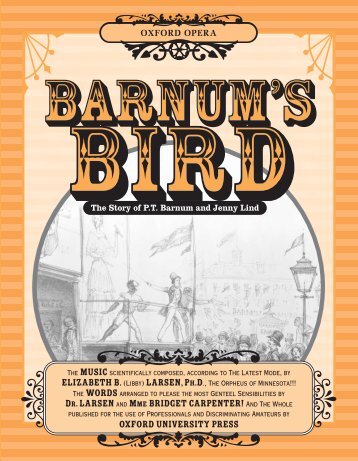




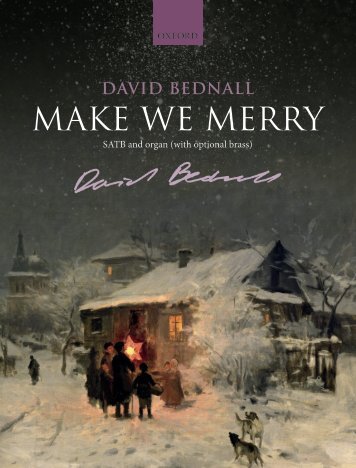
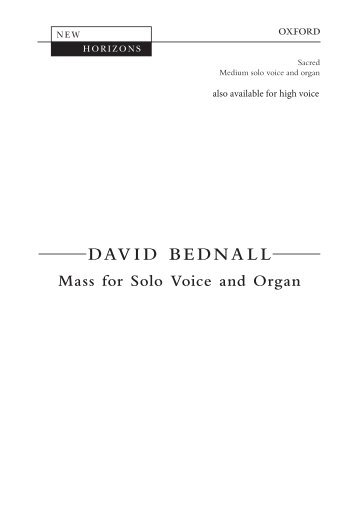
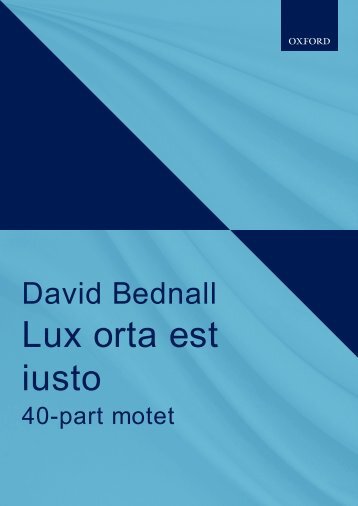


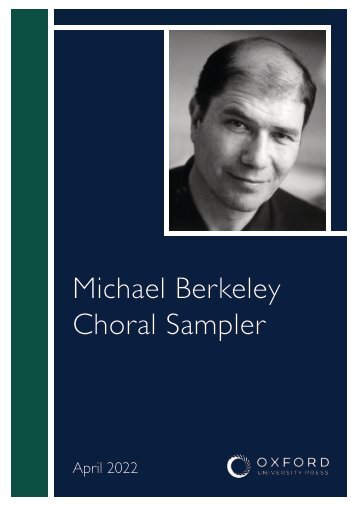
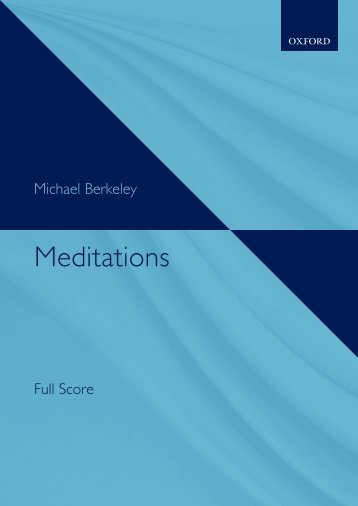
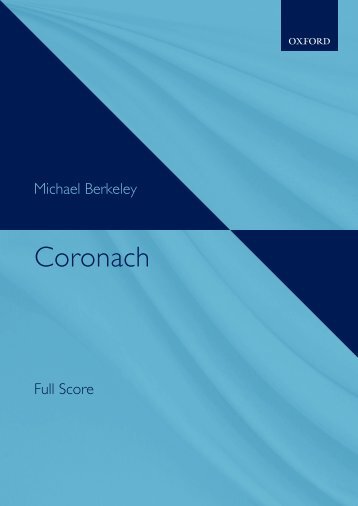
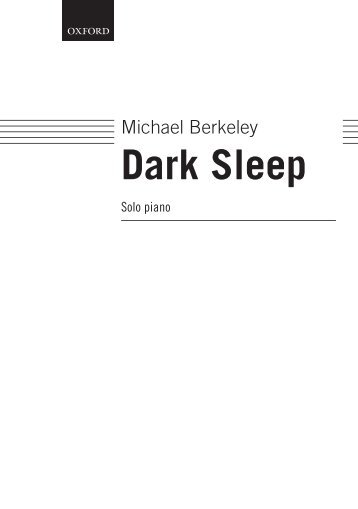

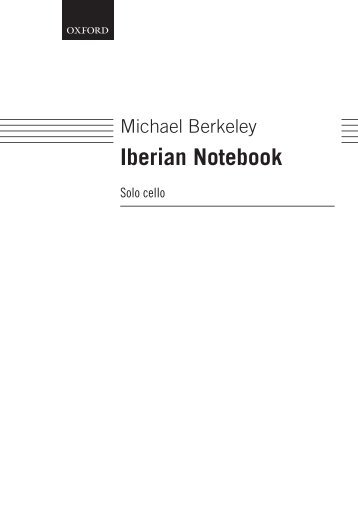


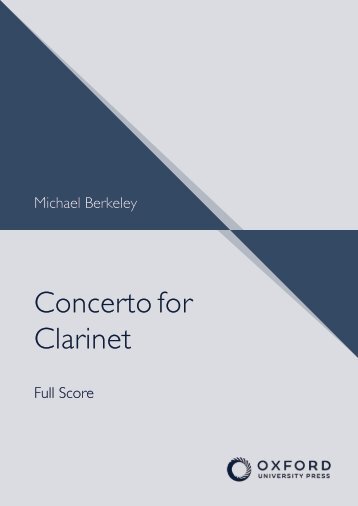

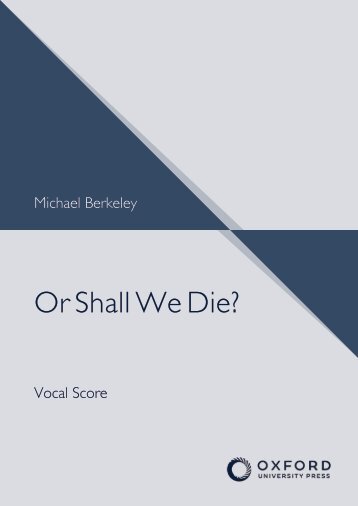

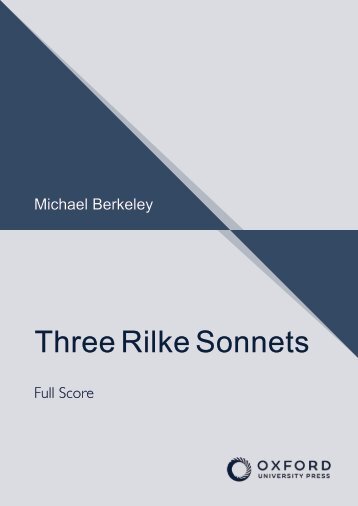
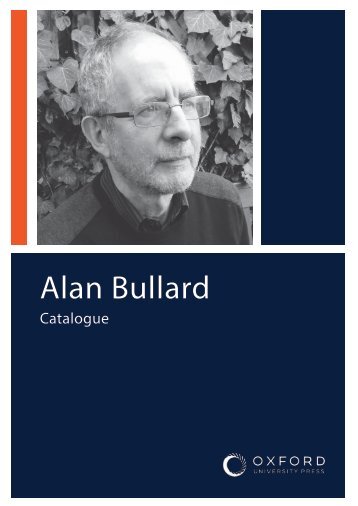
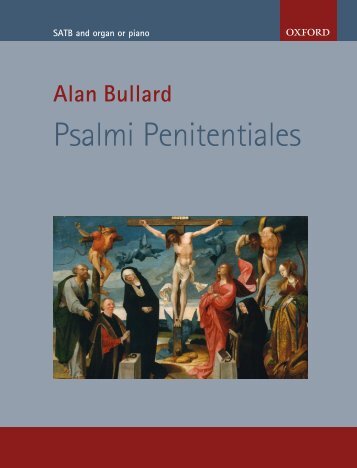
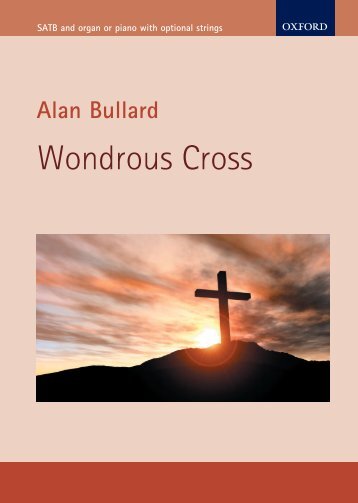
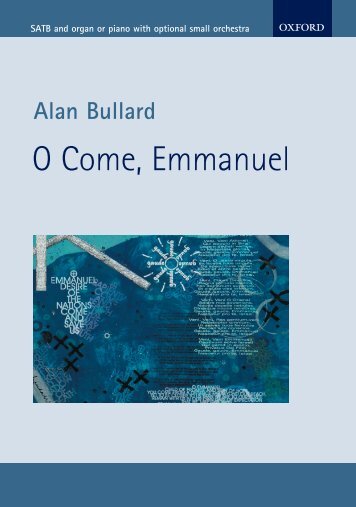
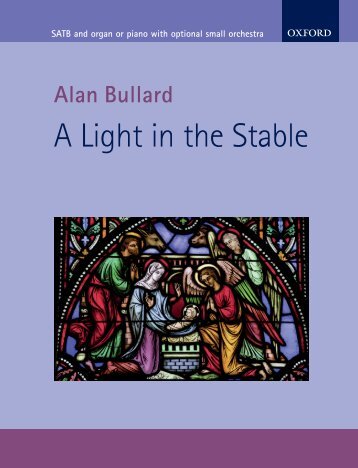
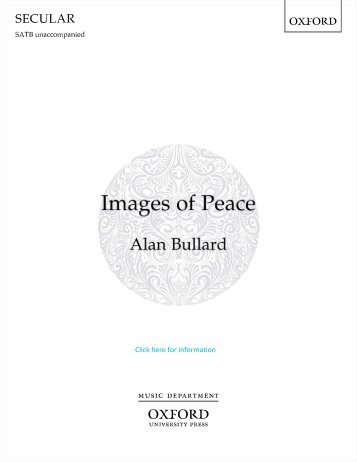
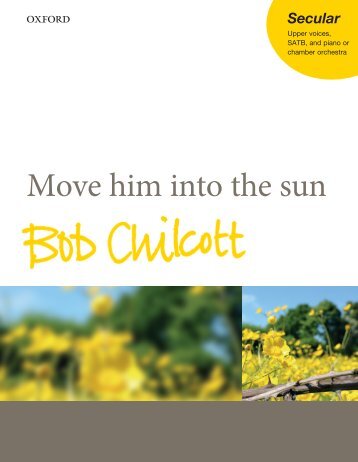
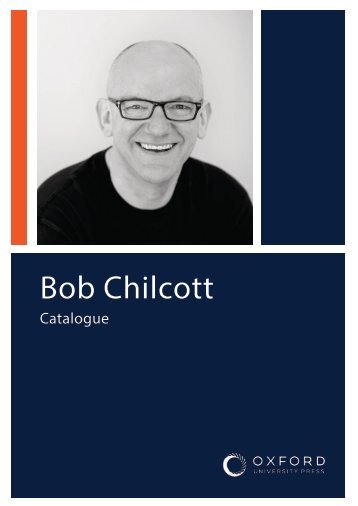
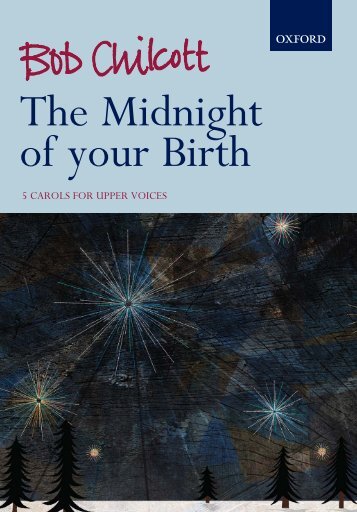
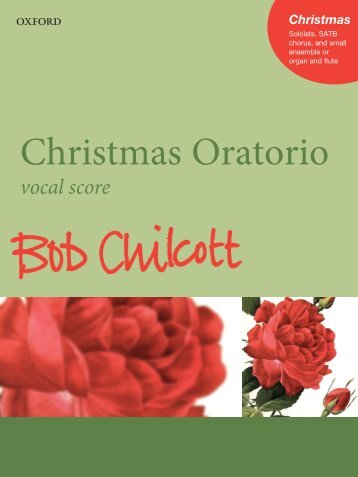
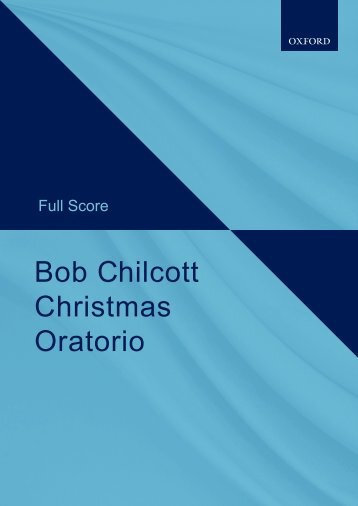


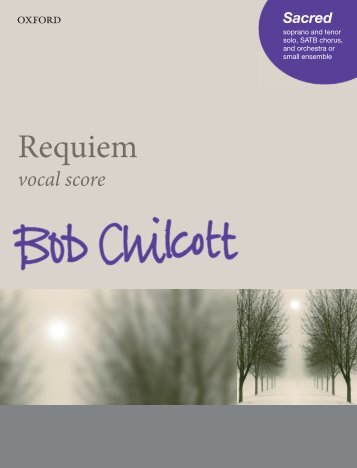


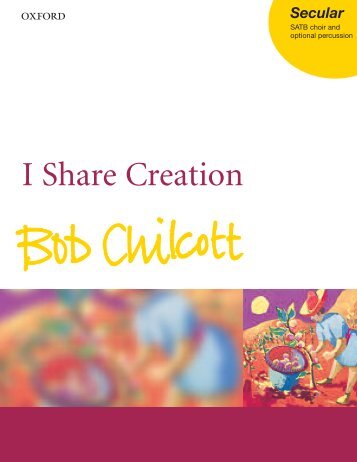
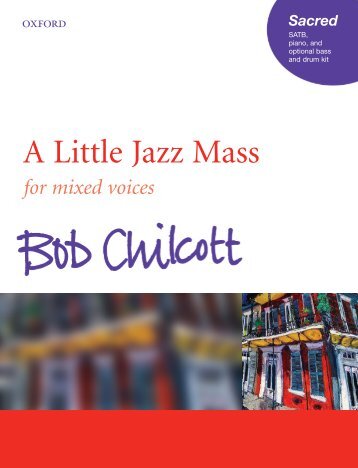
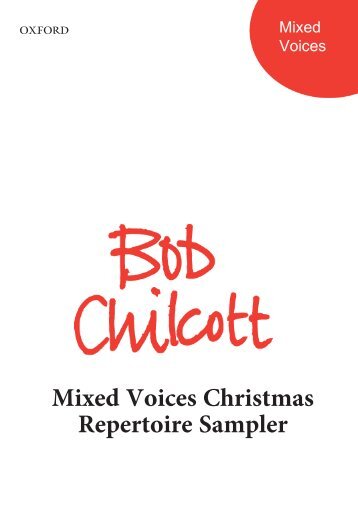
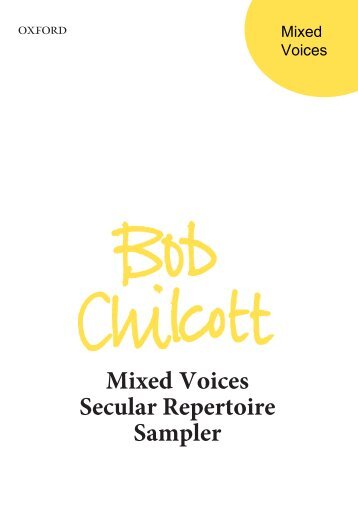

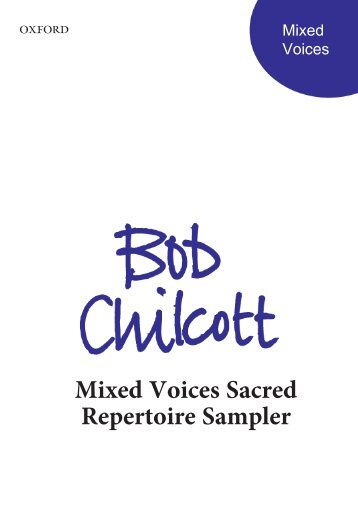

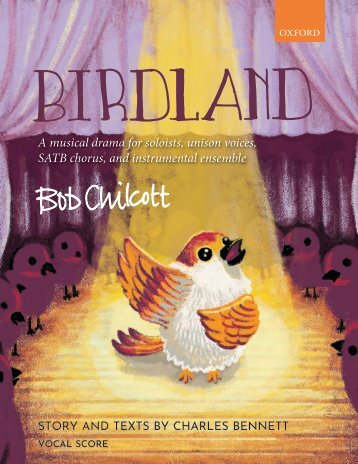

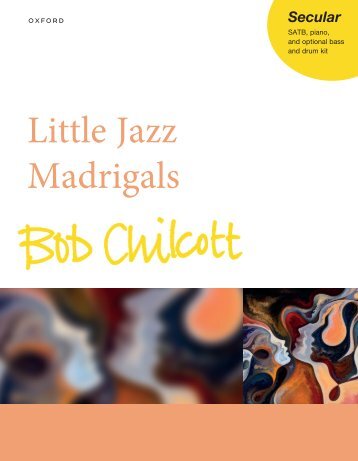




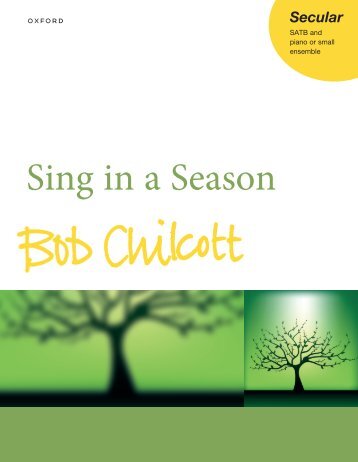
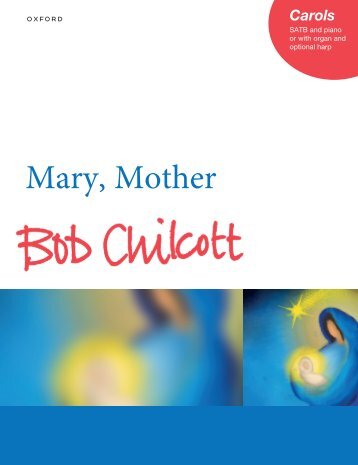
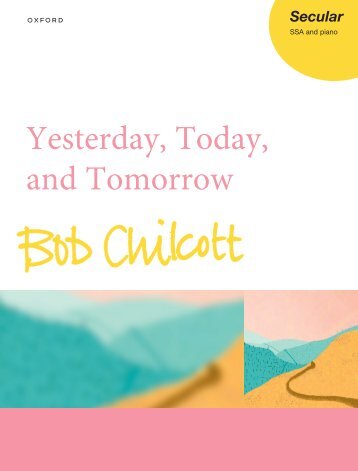
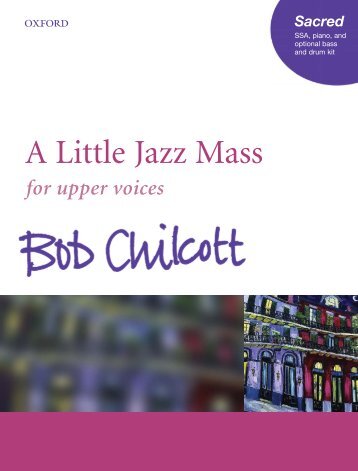

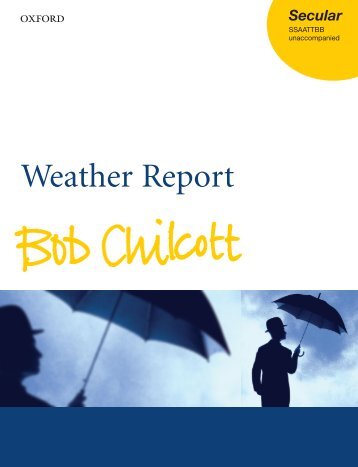
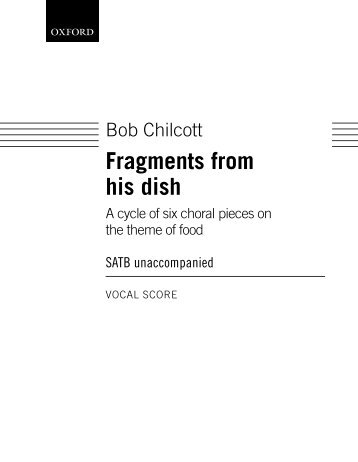




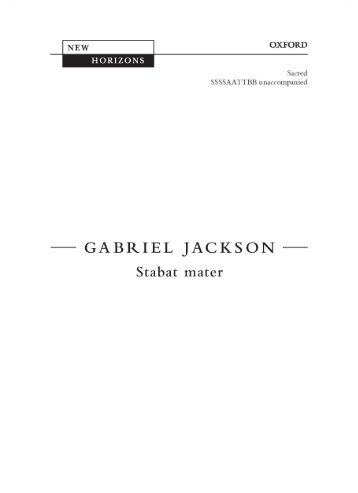
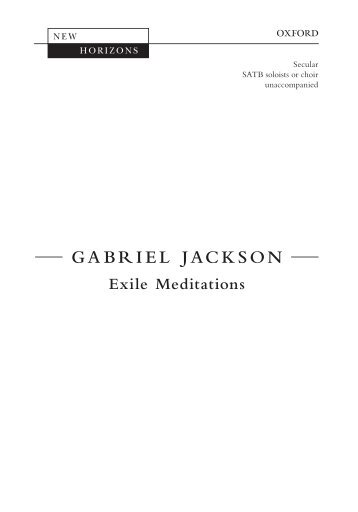
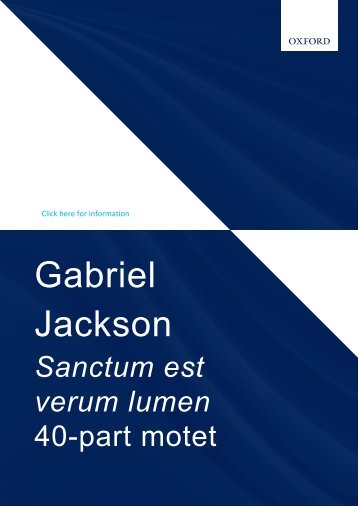
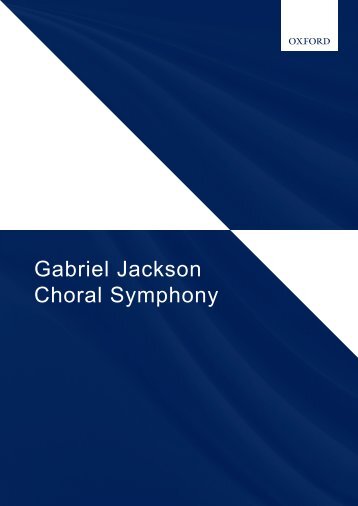

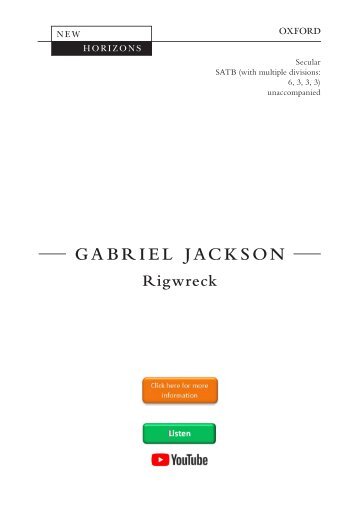
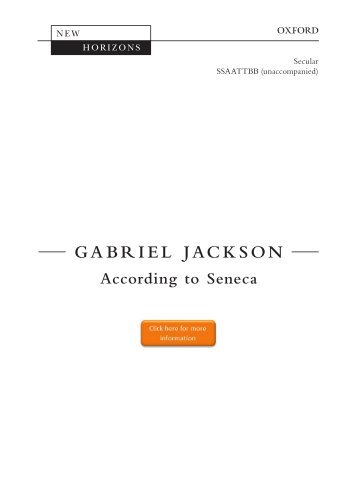
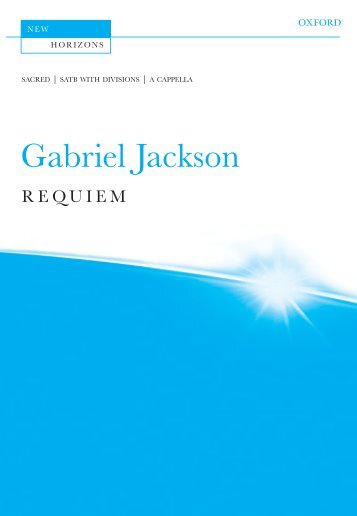
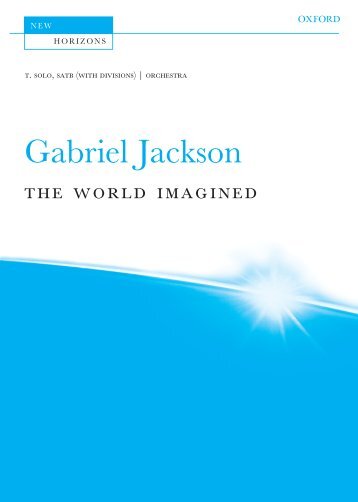

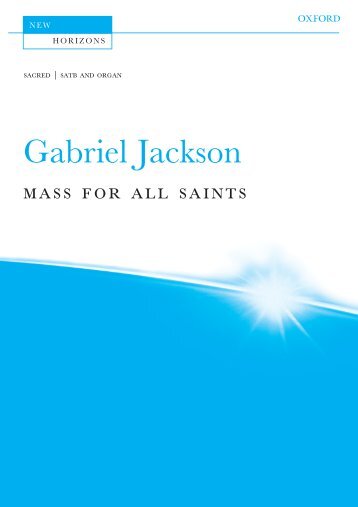


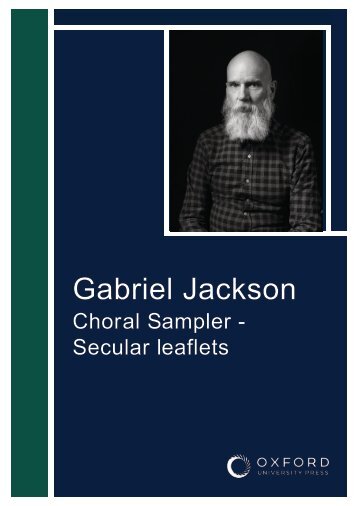

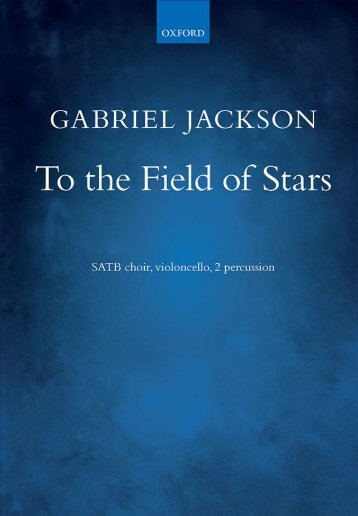
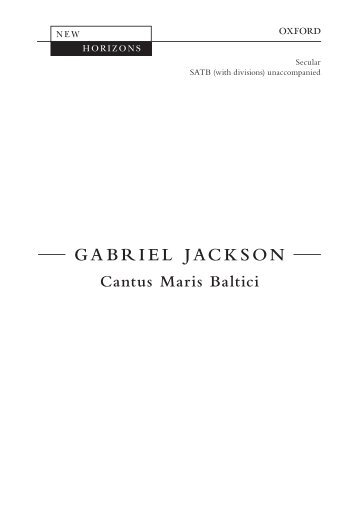
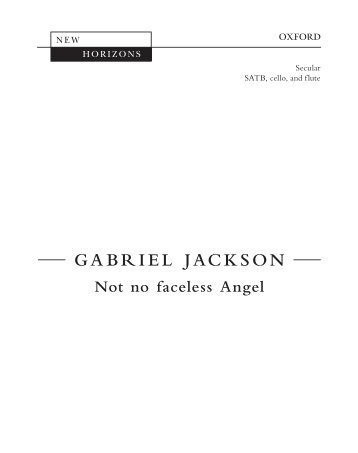
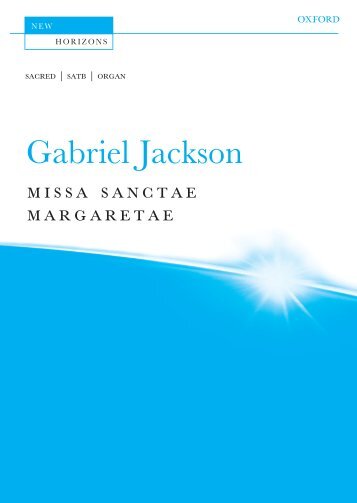
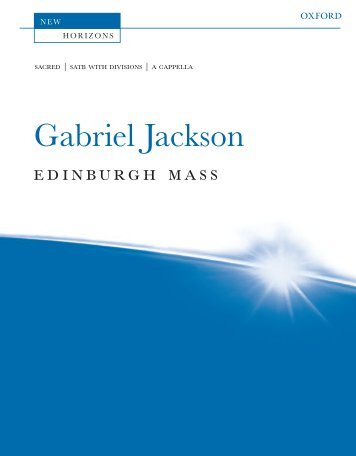



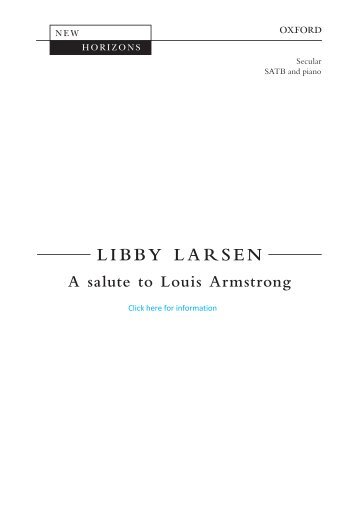


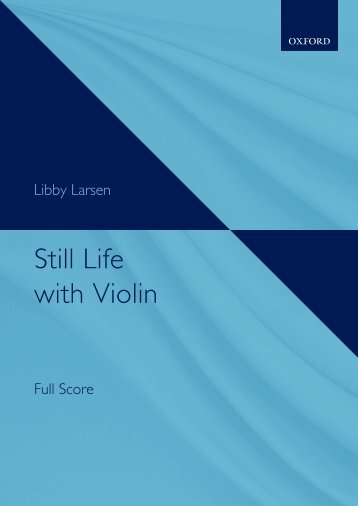
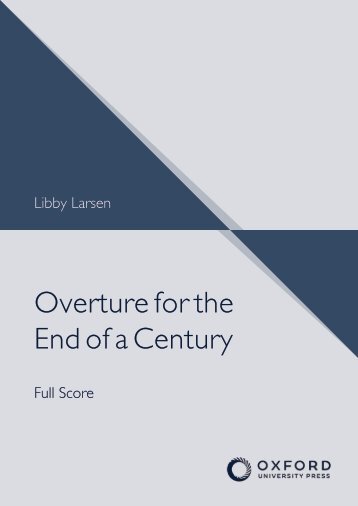




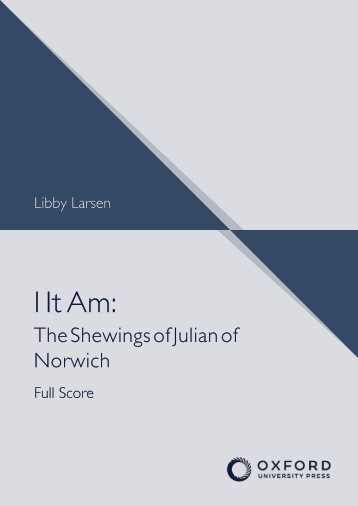

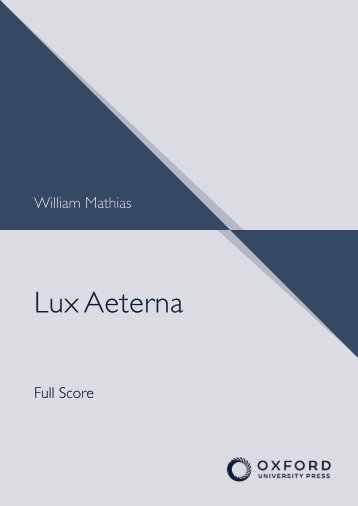









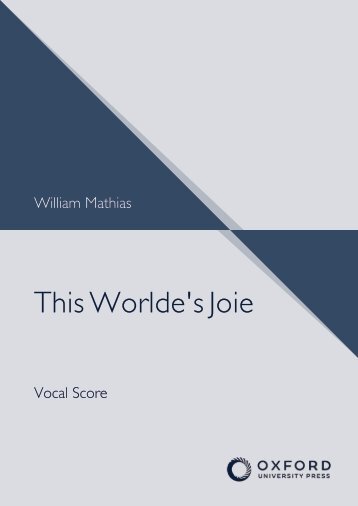

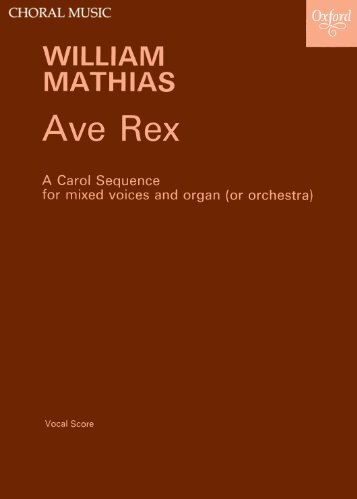



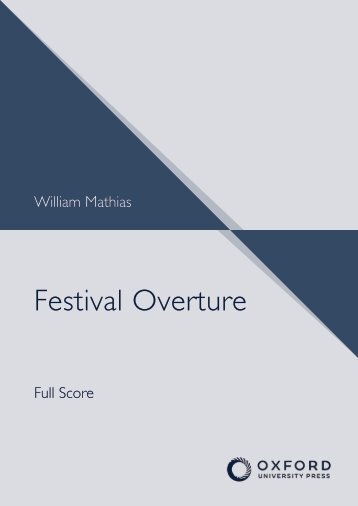

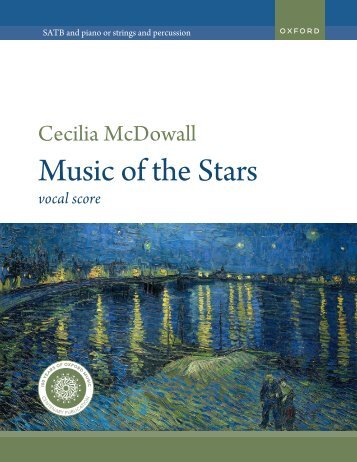
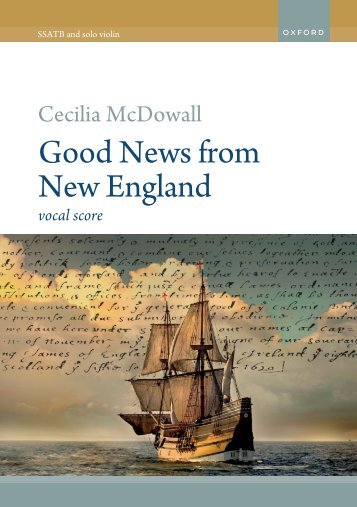
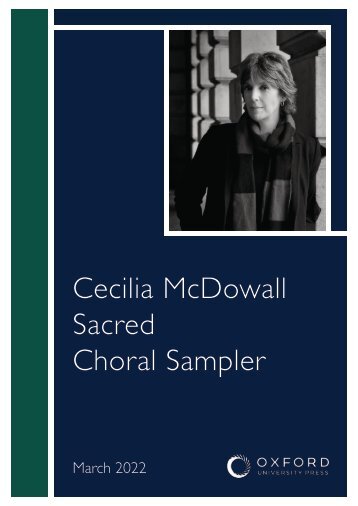


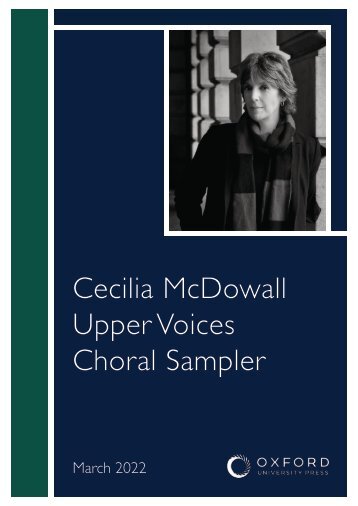
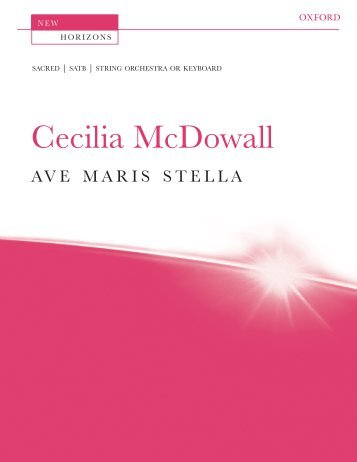
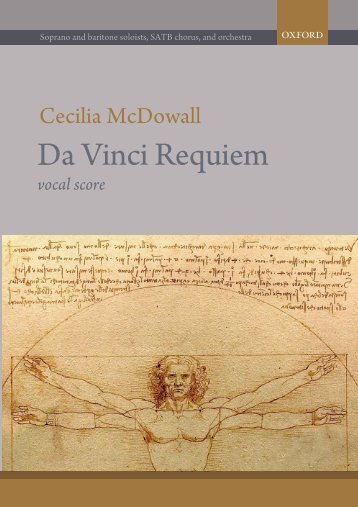
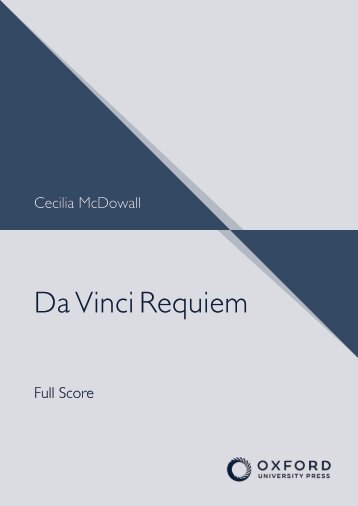
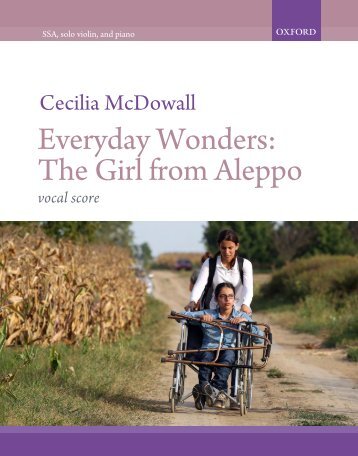
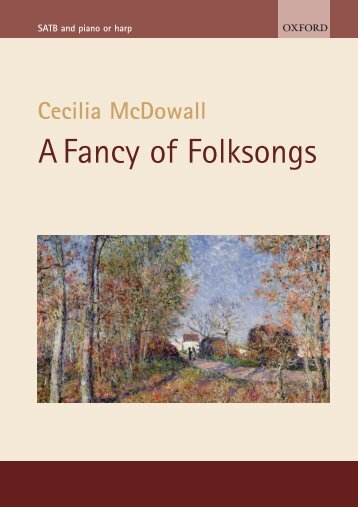


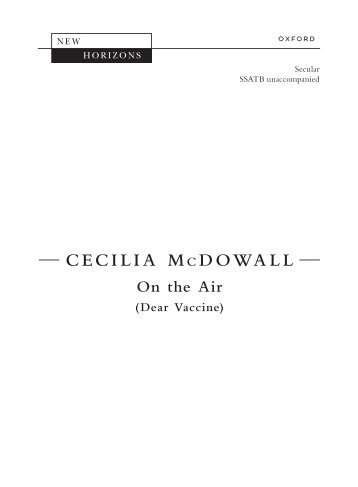

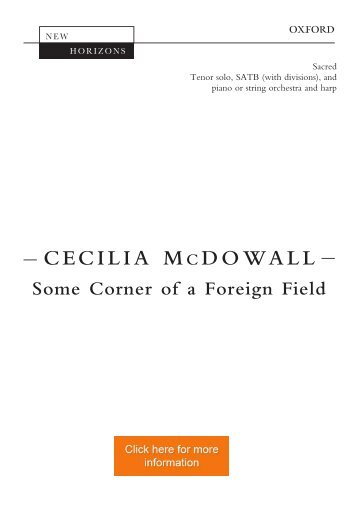

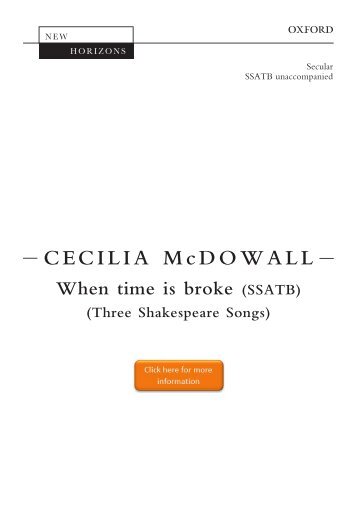
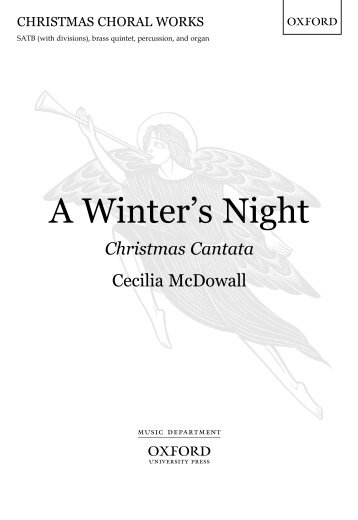
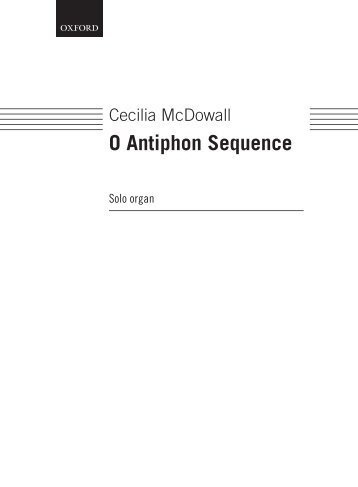

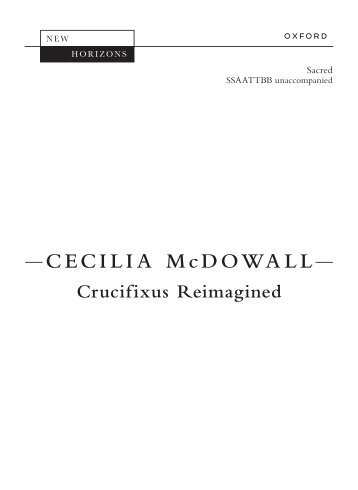
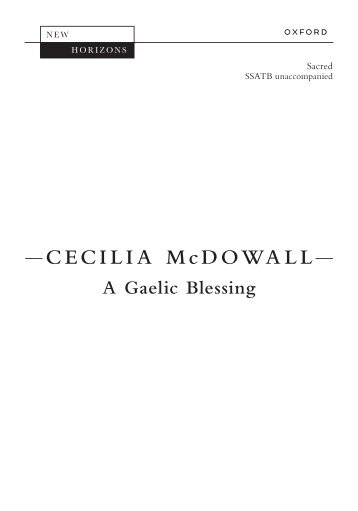
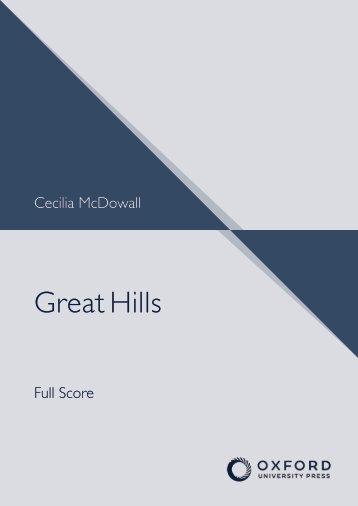

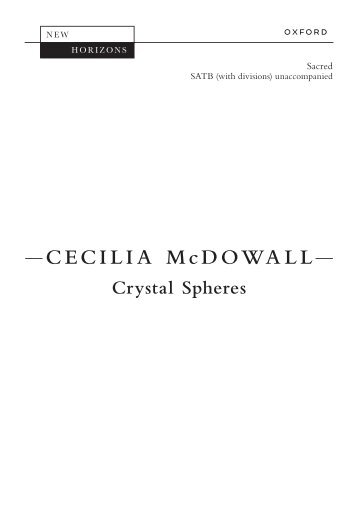
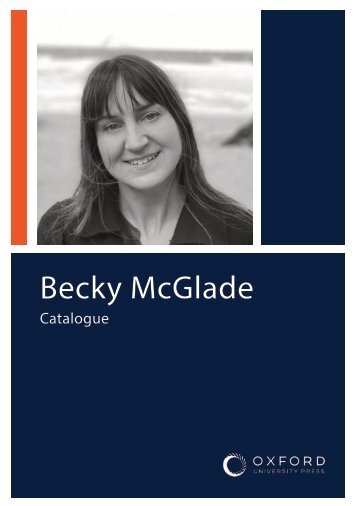
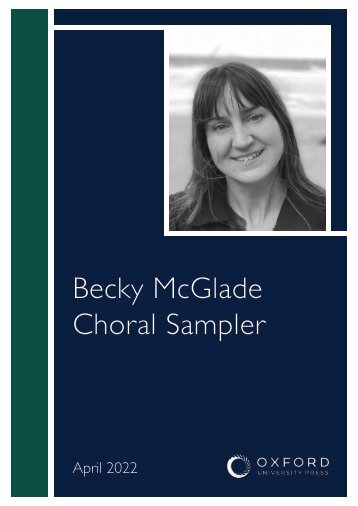
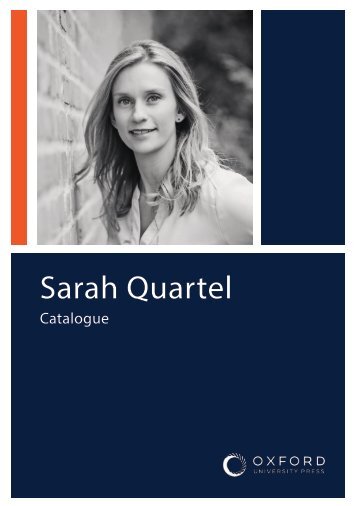

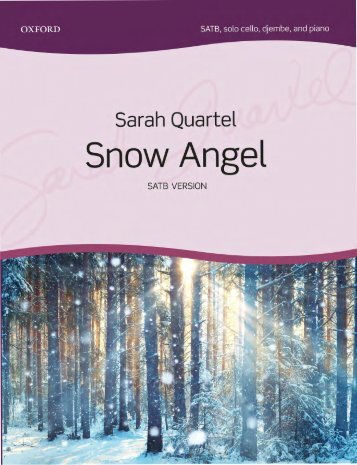
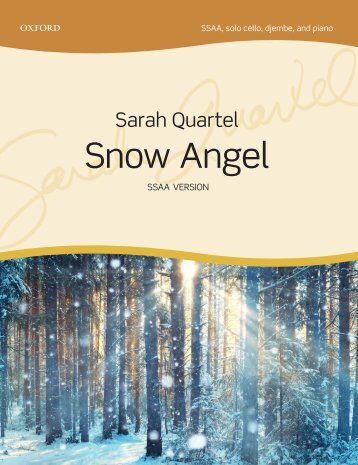
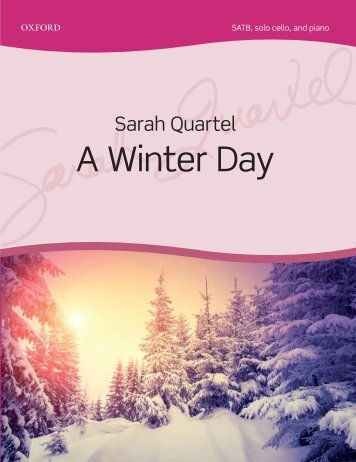
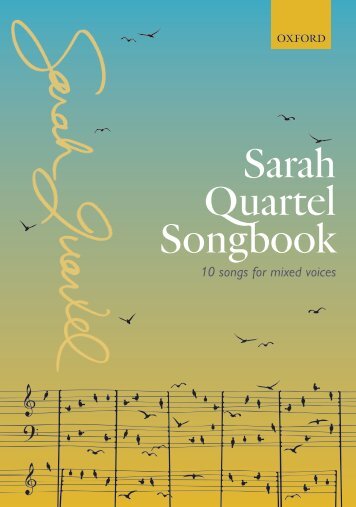
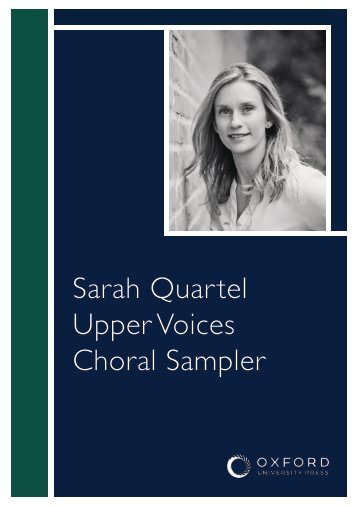
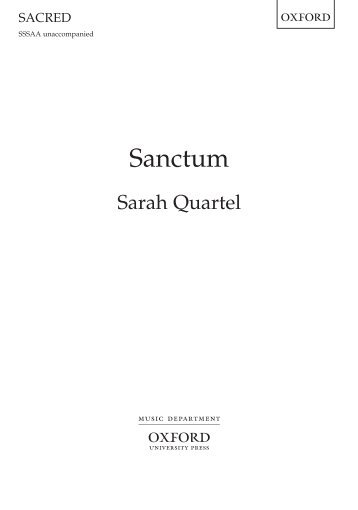


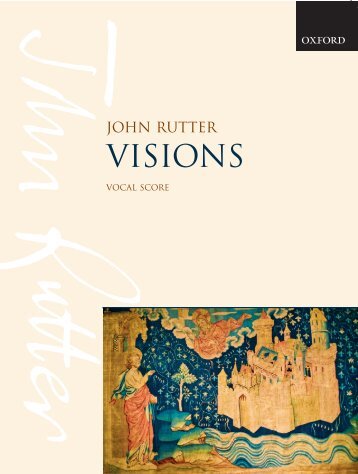
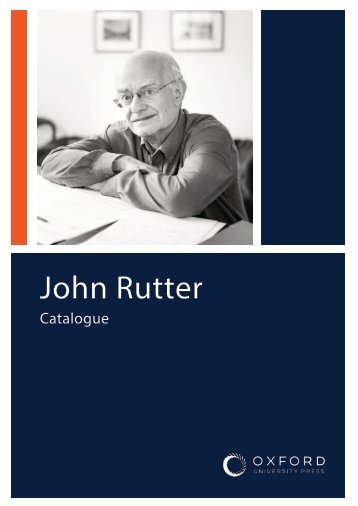
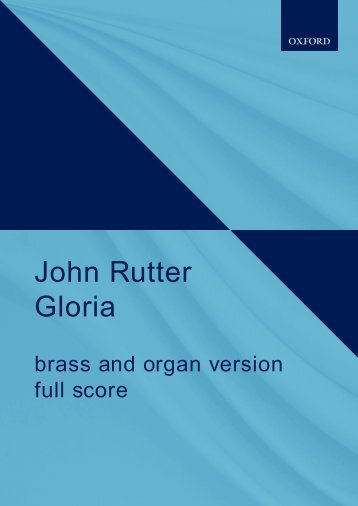
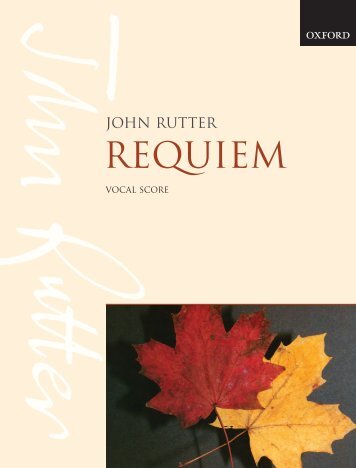

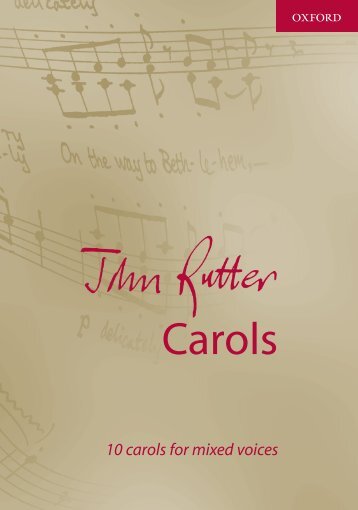
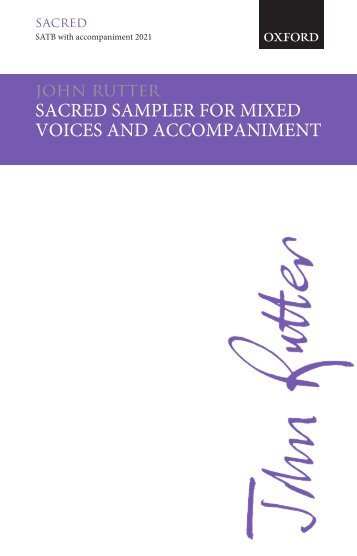
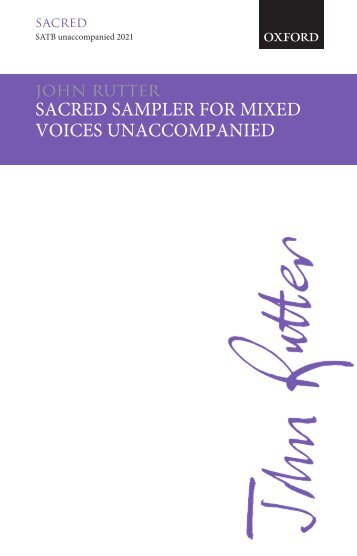
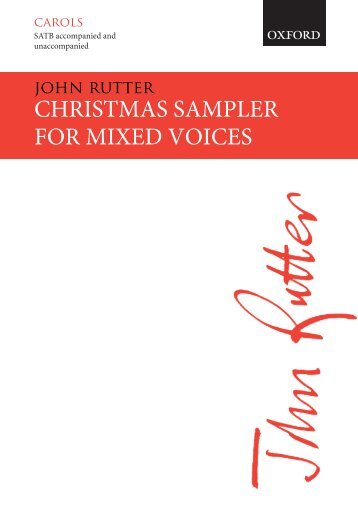
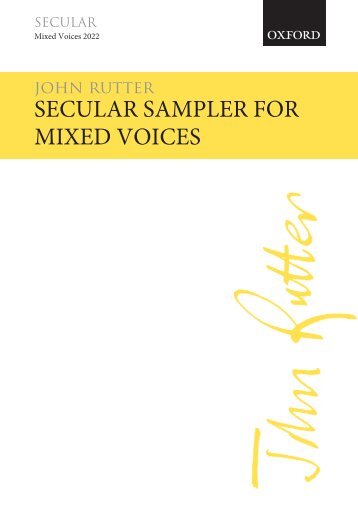
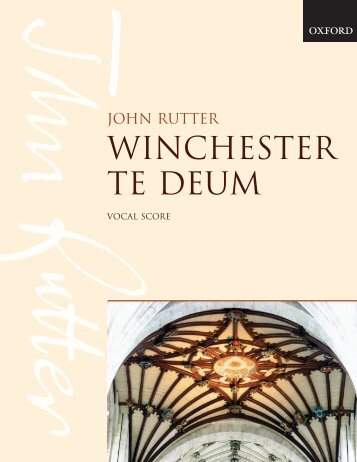
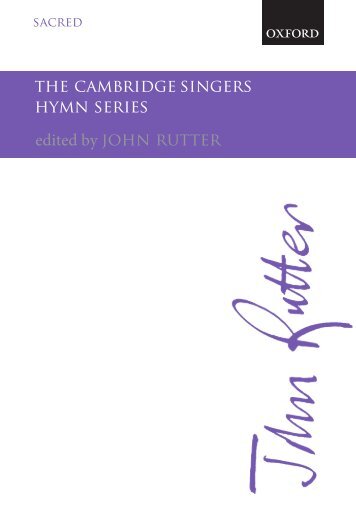
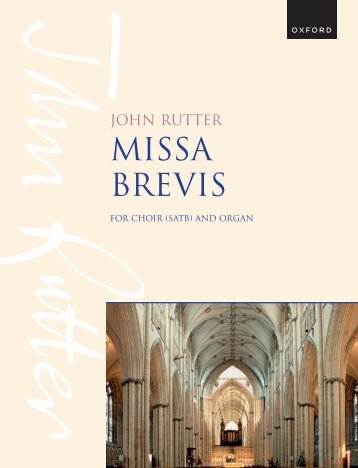
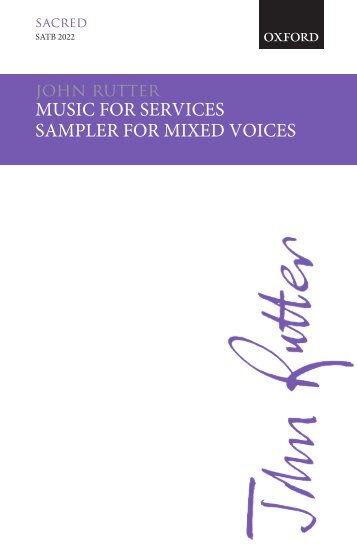
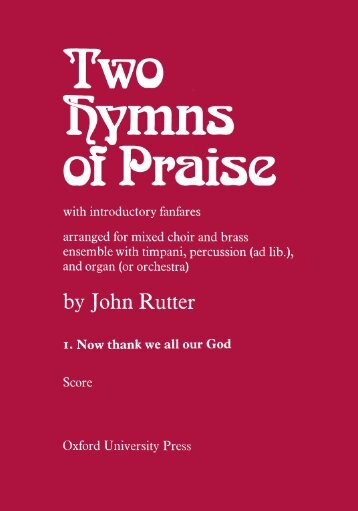

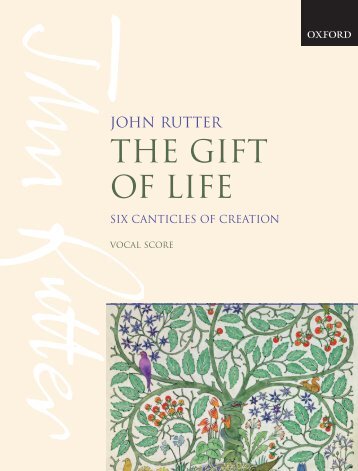
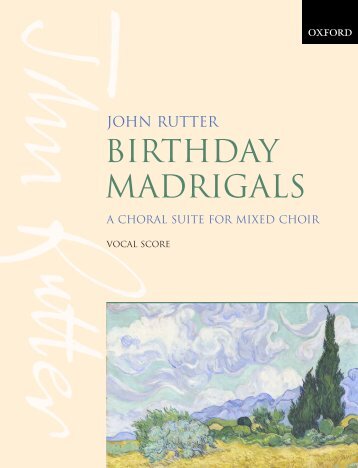
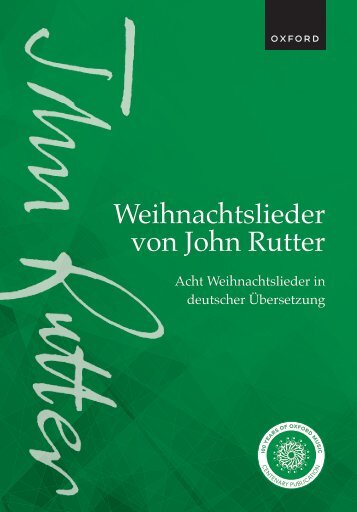
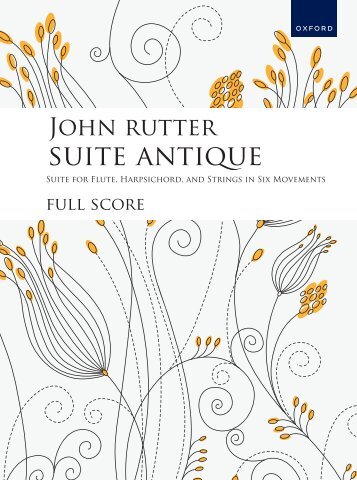
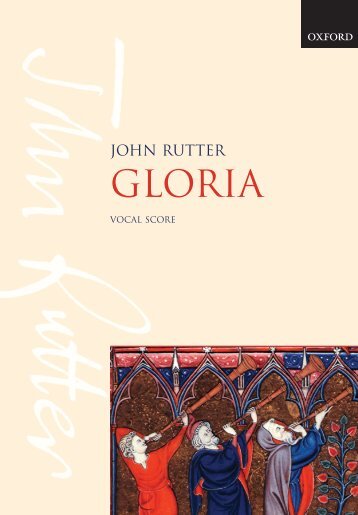
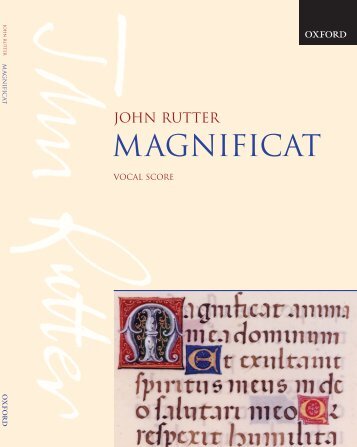
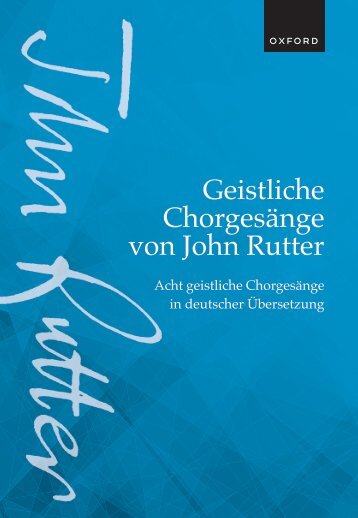
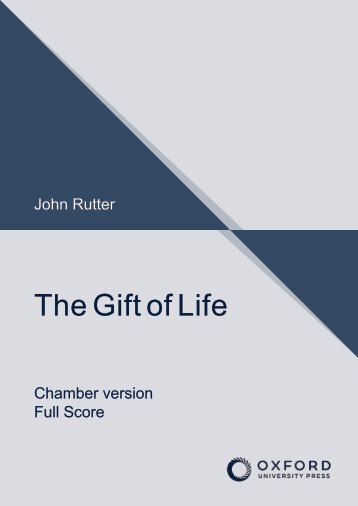
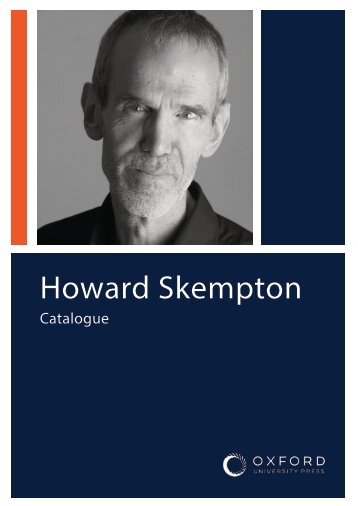


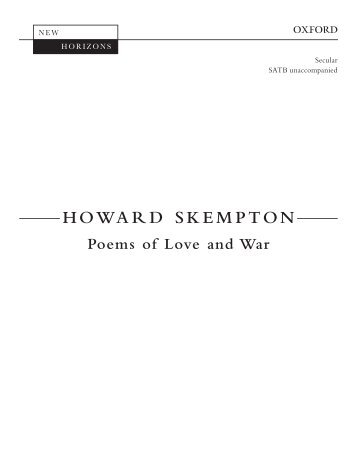


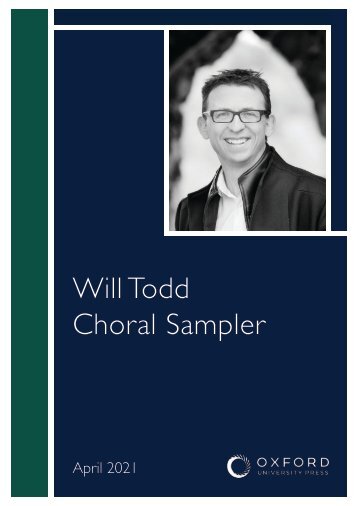
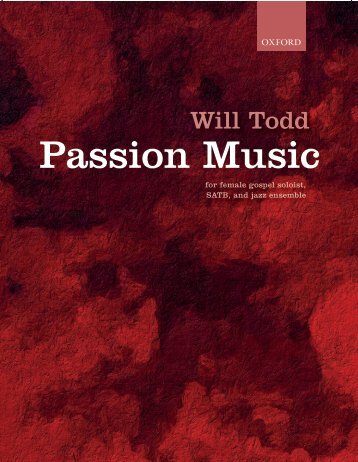
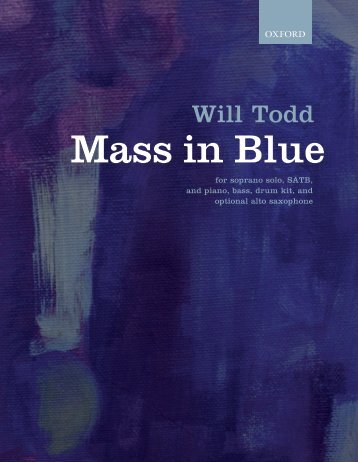
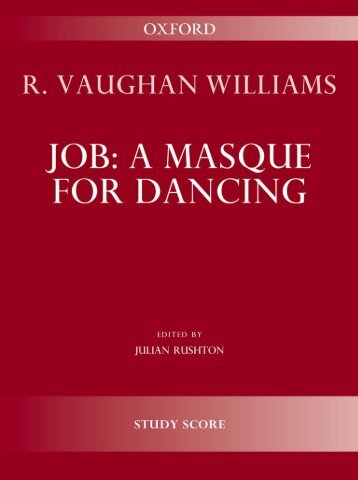

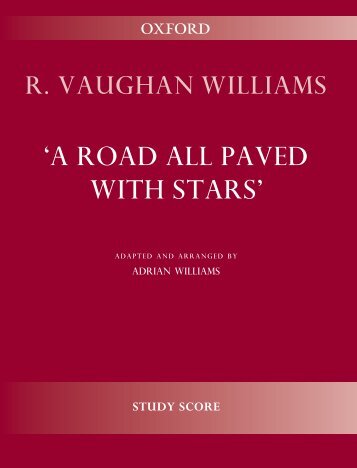
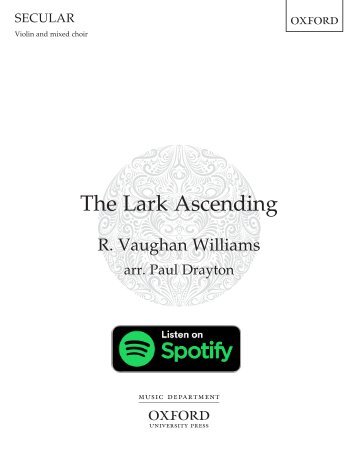

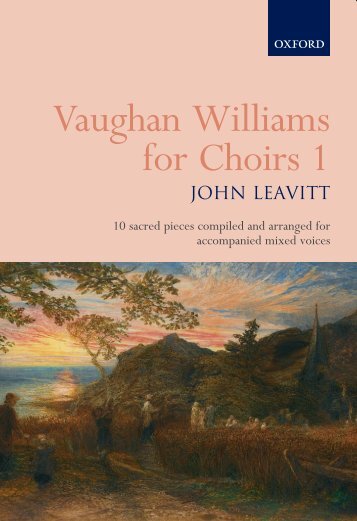
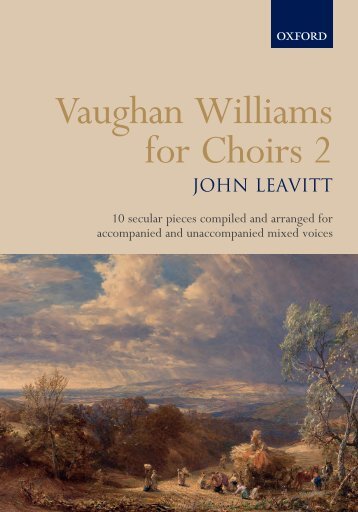

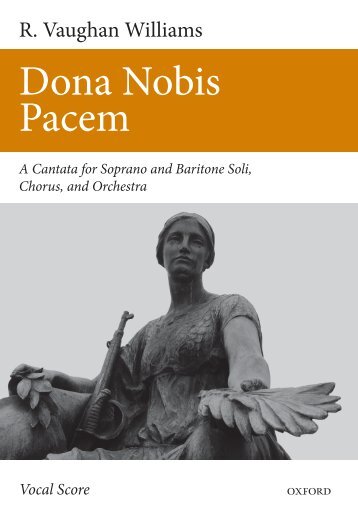
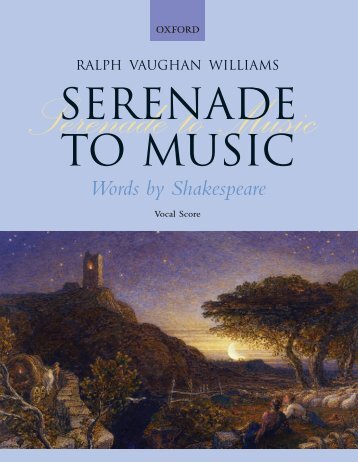
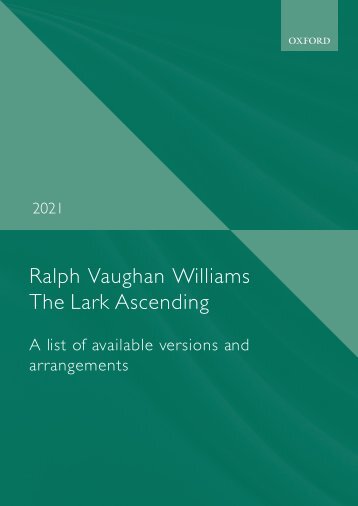

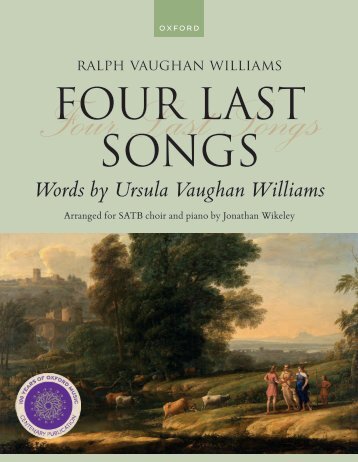

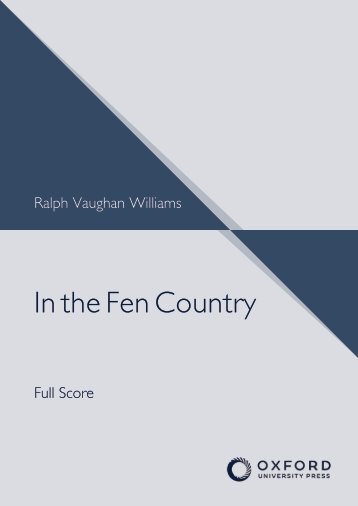
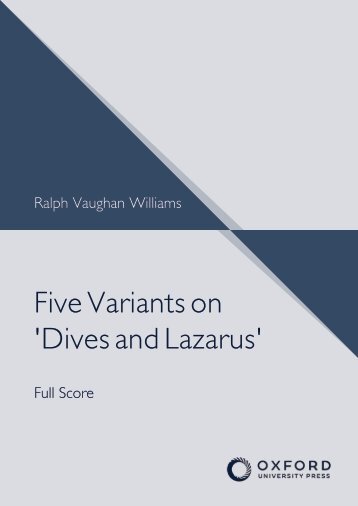
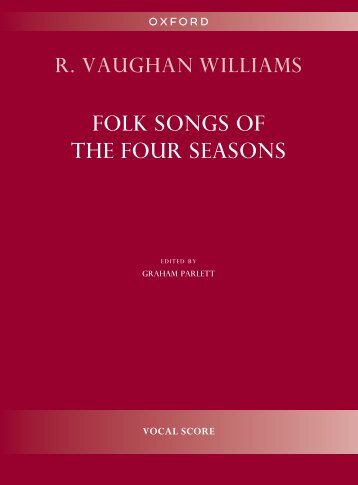




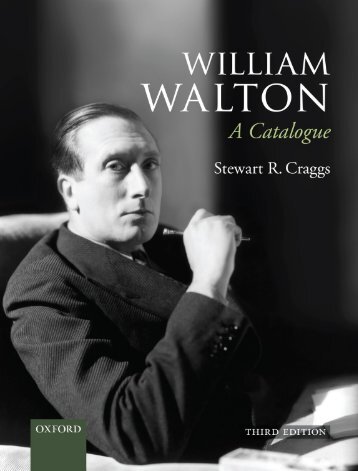



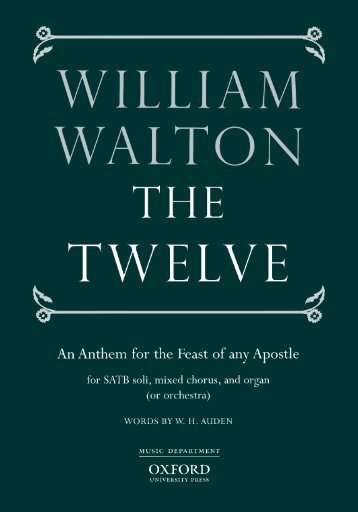









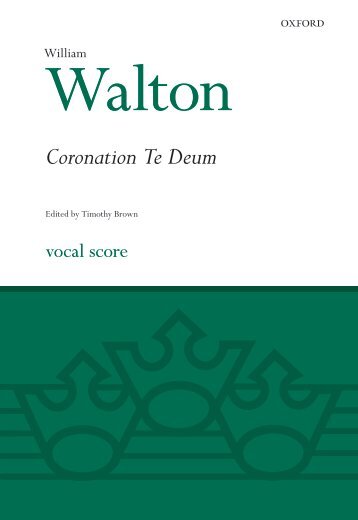
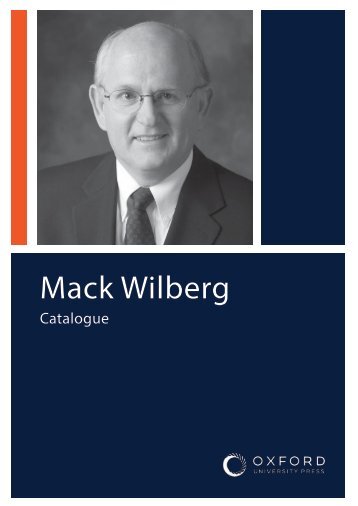
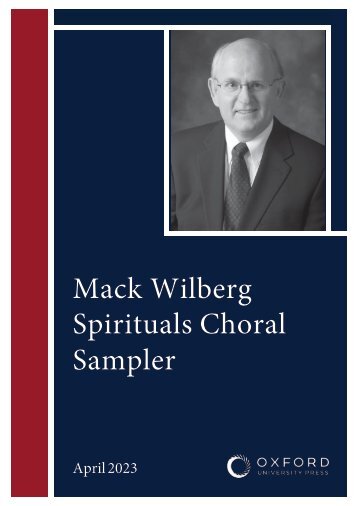
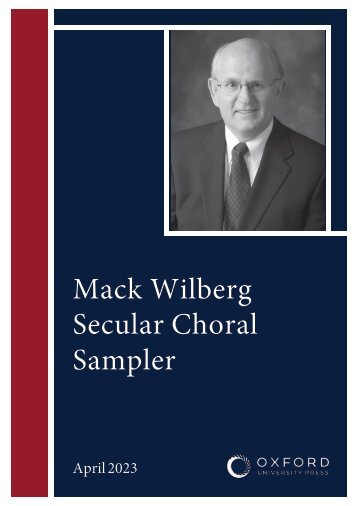




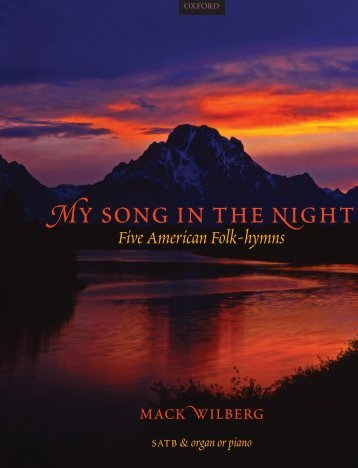
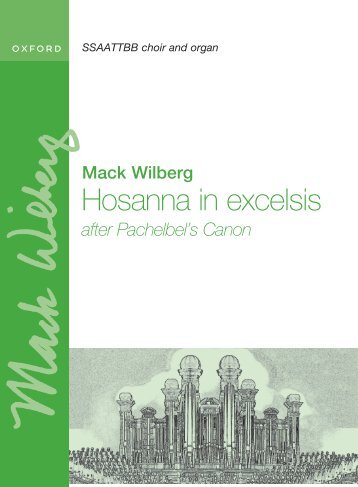


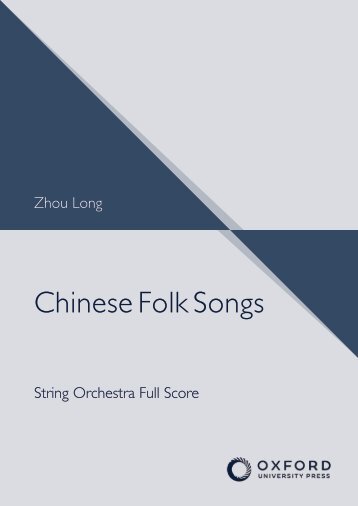

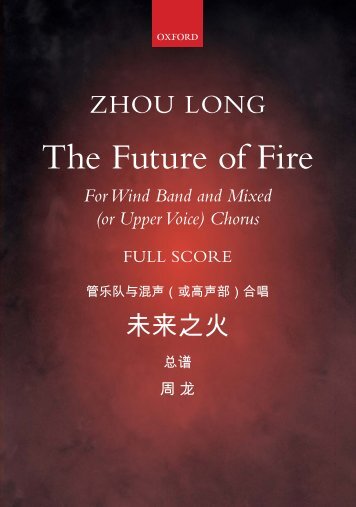





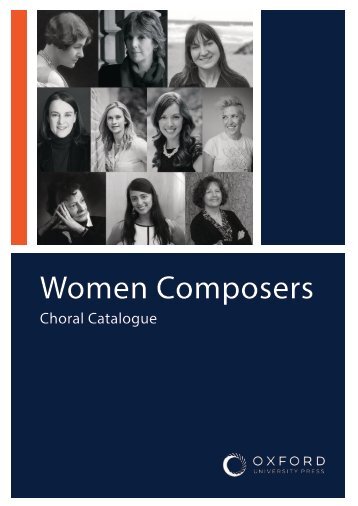

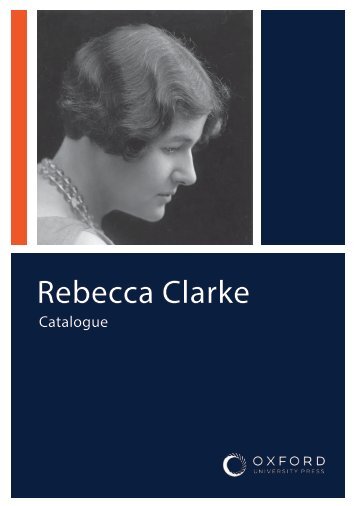

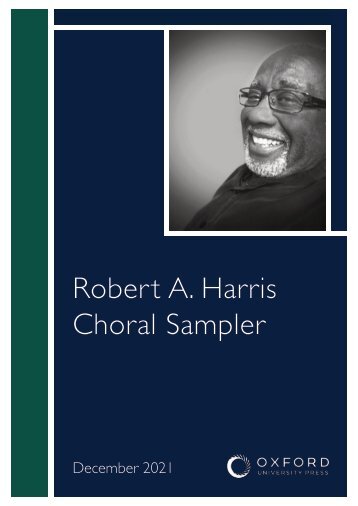
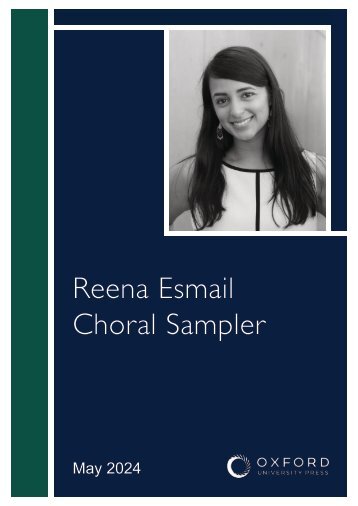
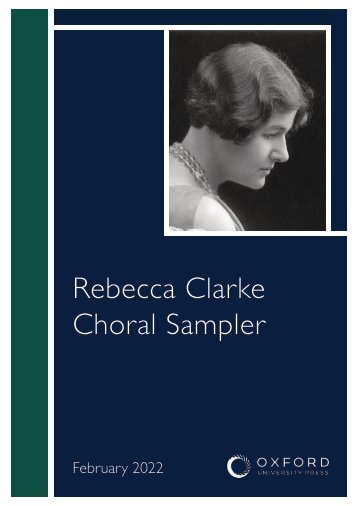
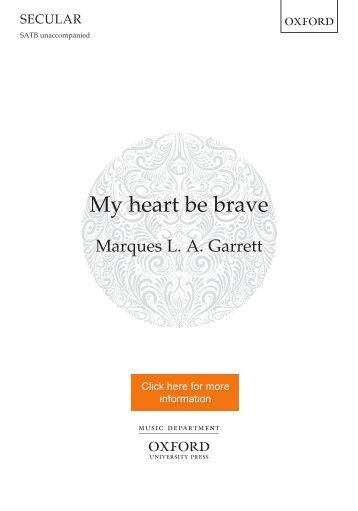
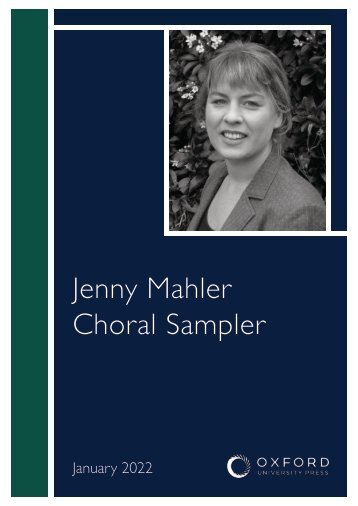
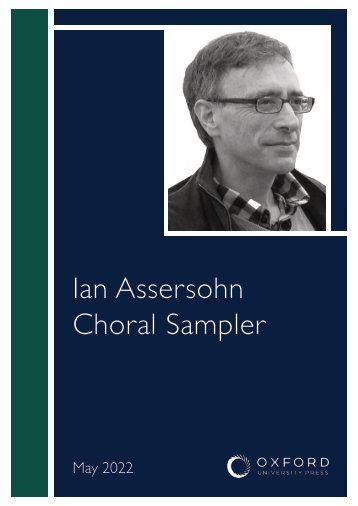
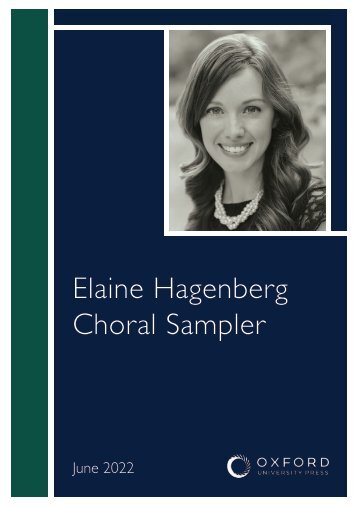
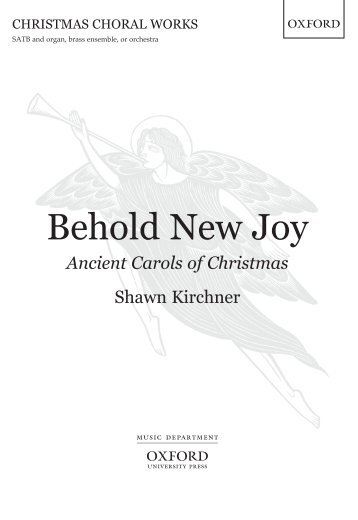
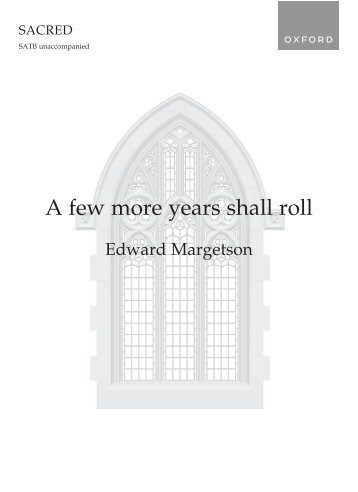
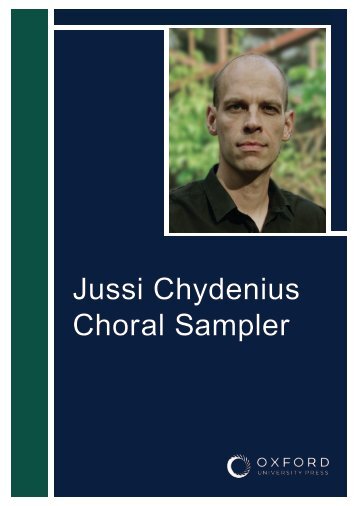


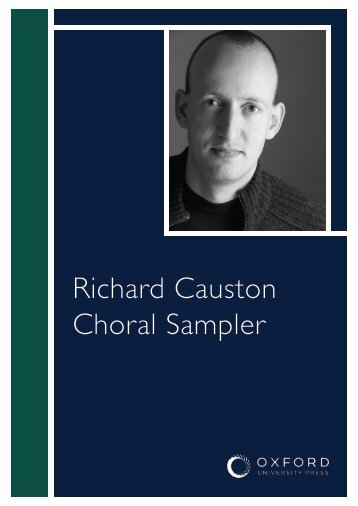
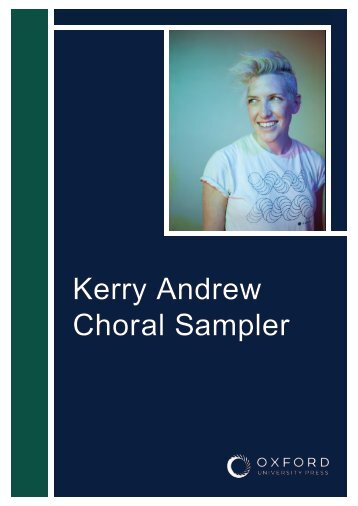
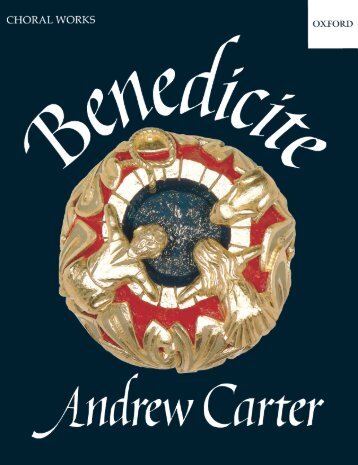
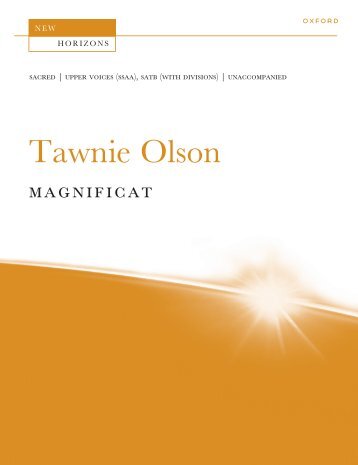


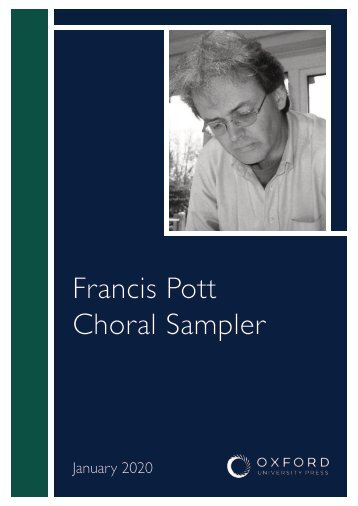

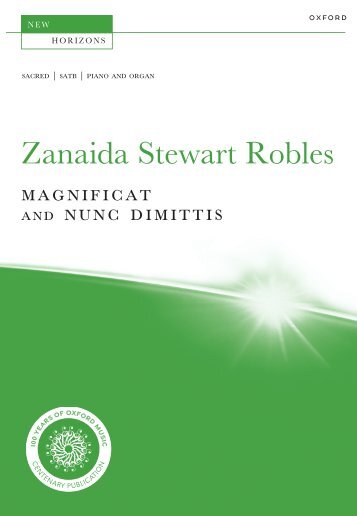

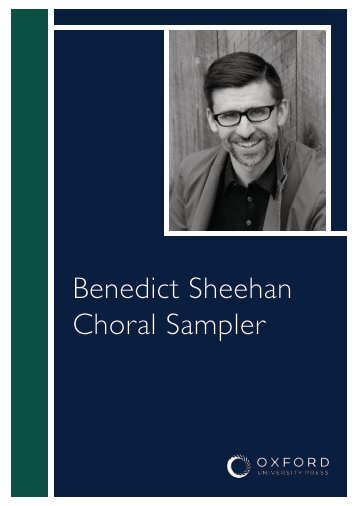
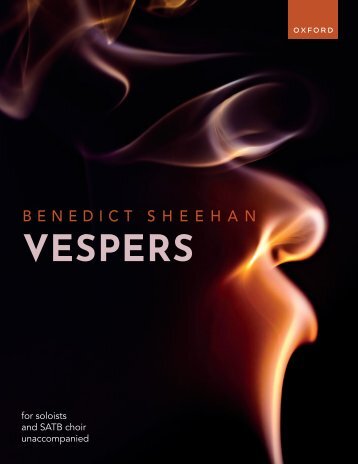


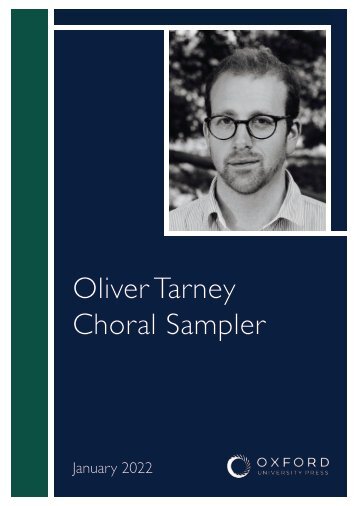

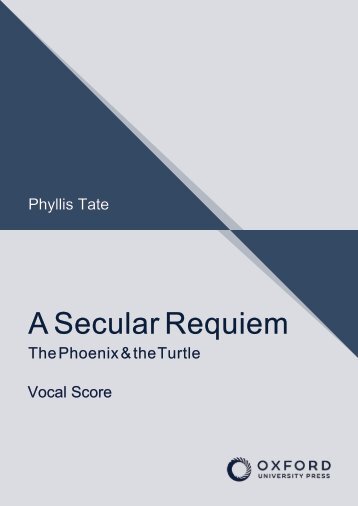
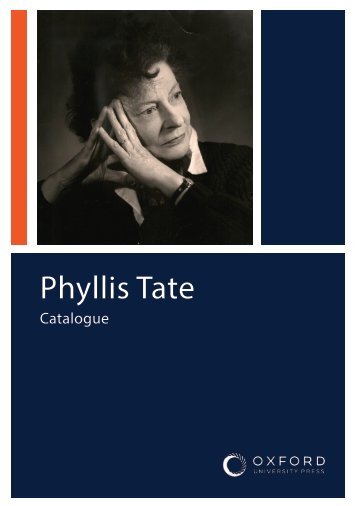
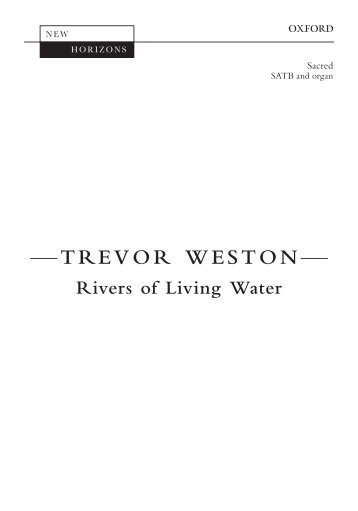
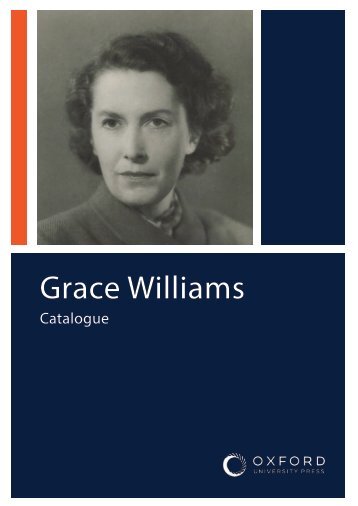
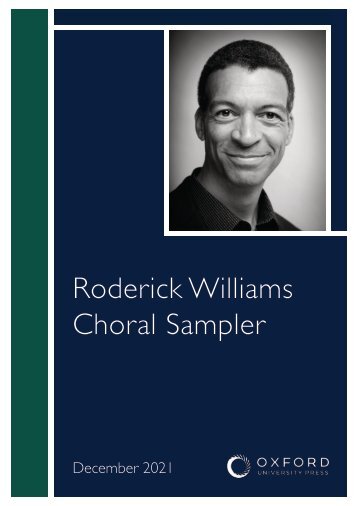
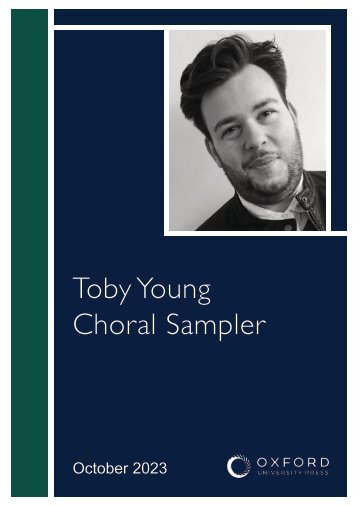


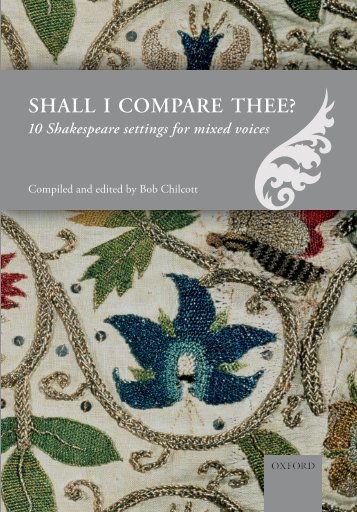
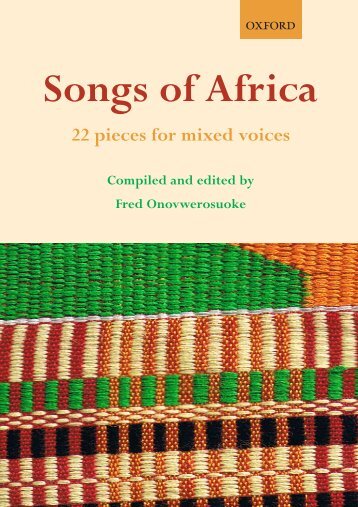



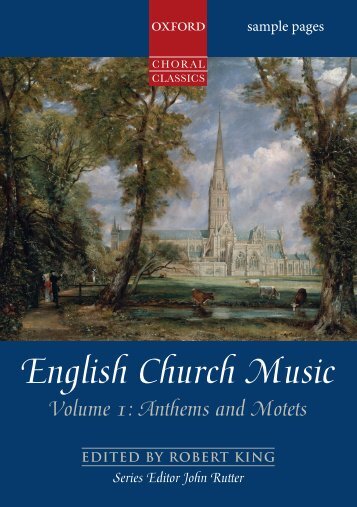
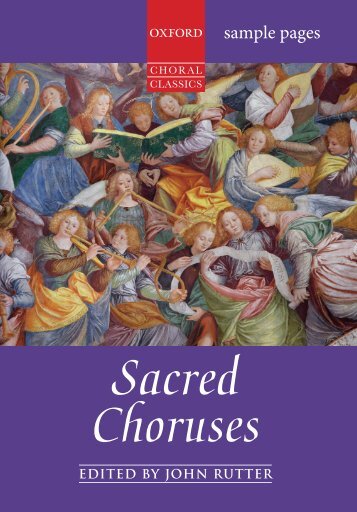

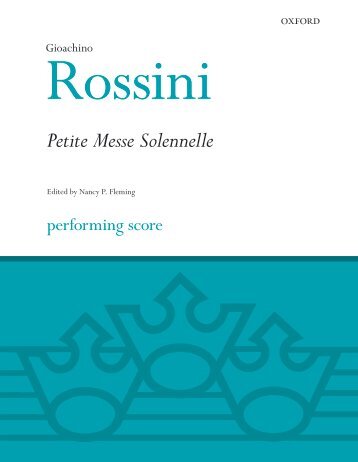
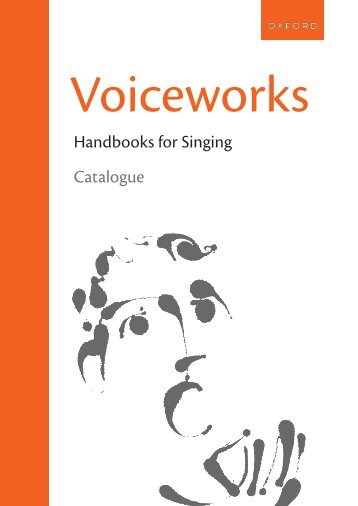



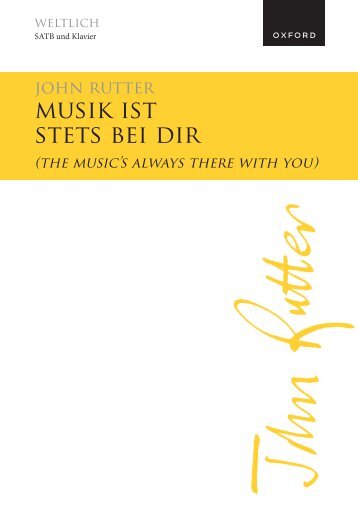
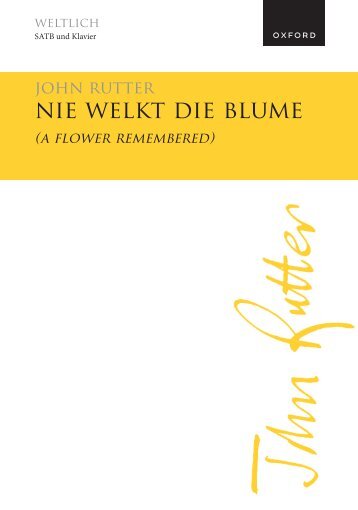

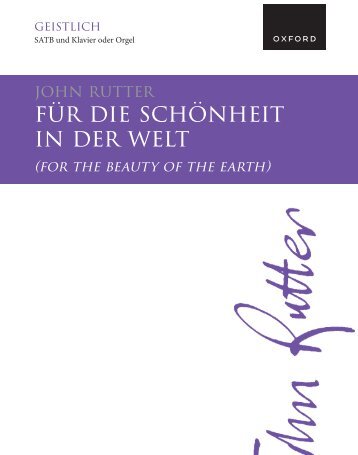
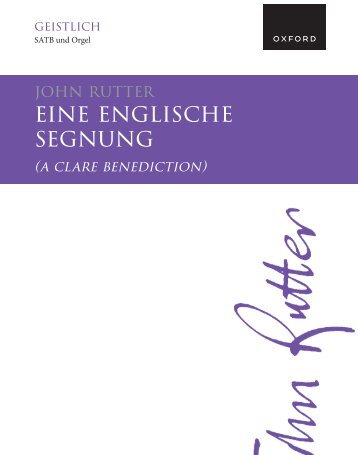

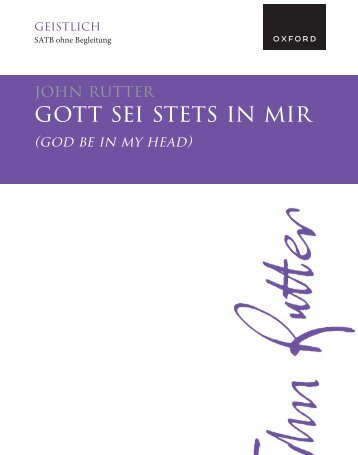


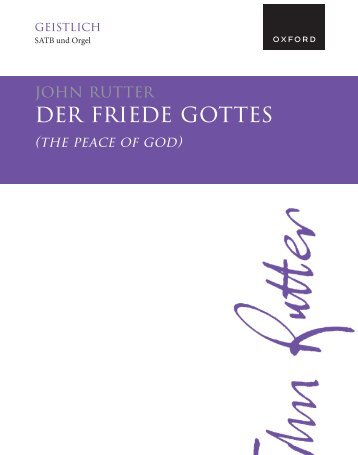


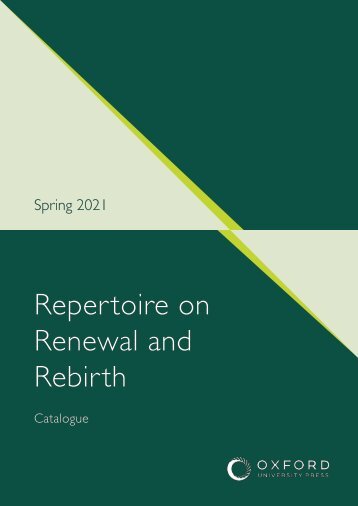
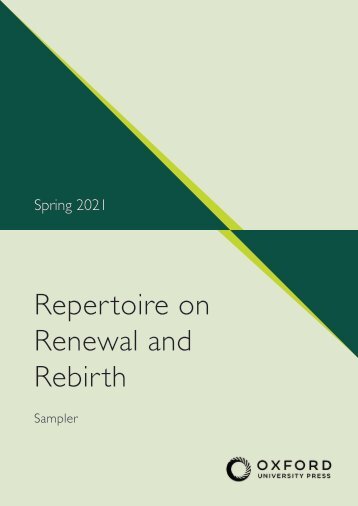
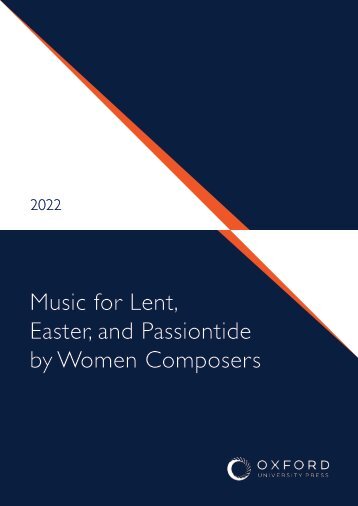
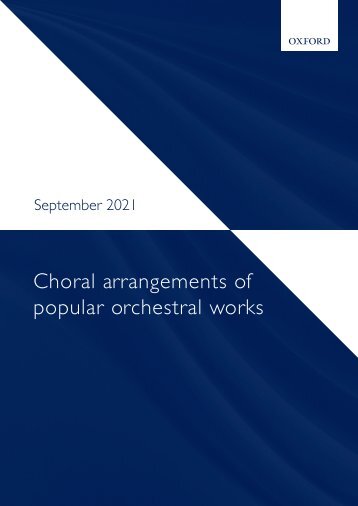
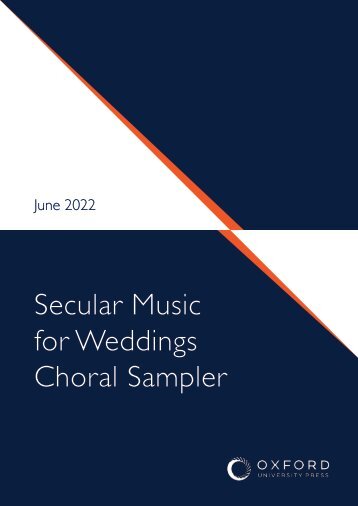

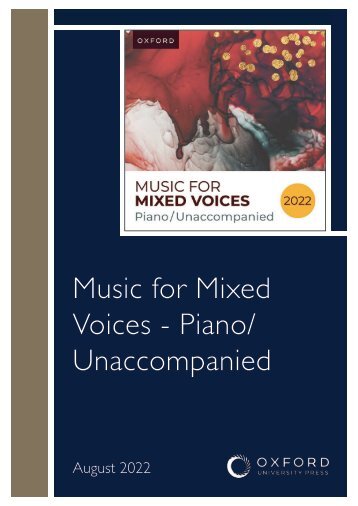
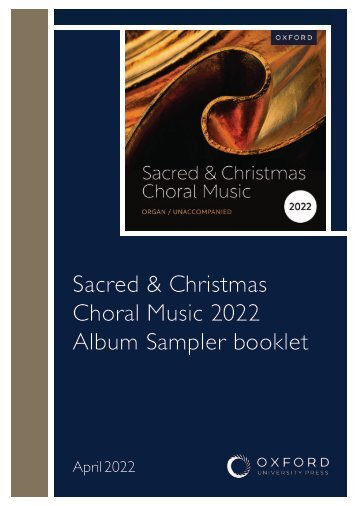
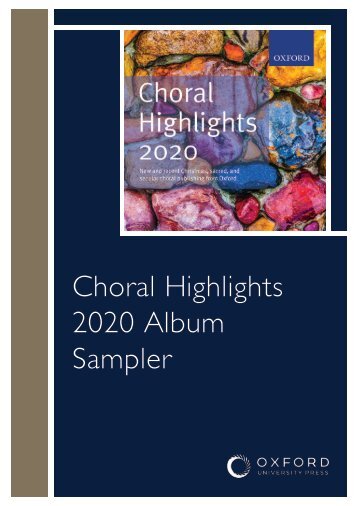
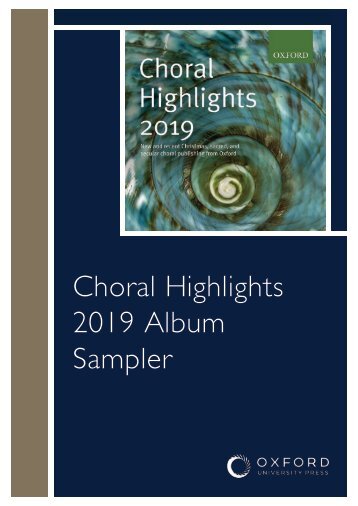
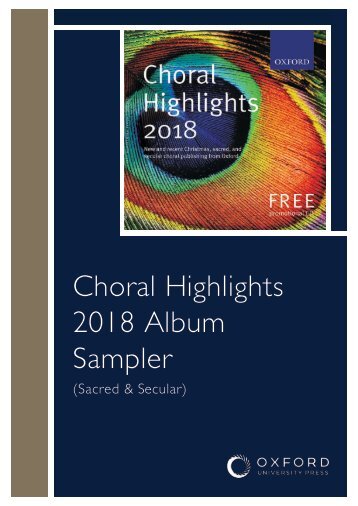


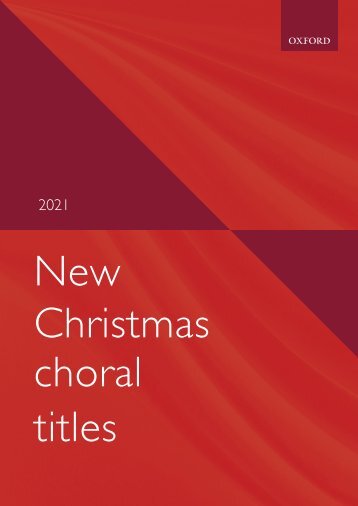
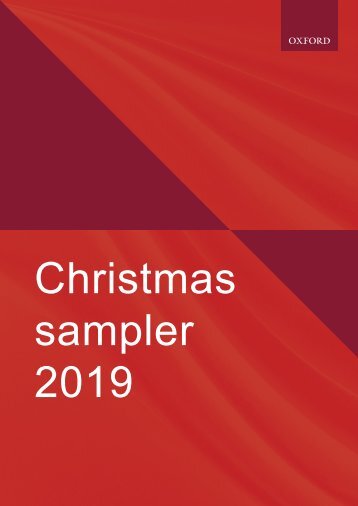
Facebook
Twitter
Email